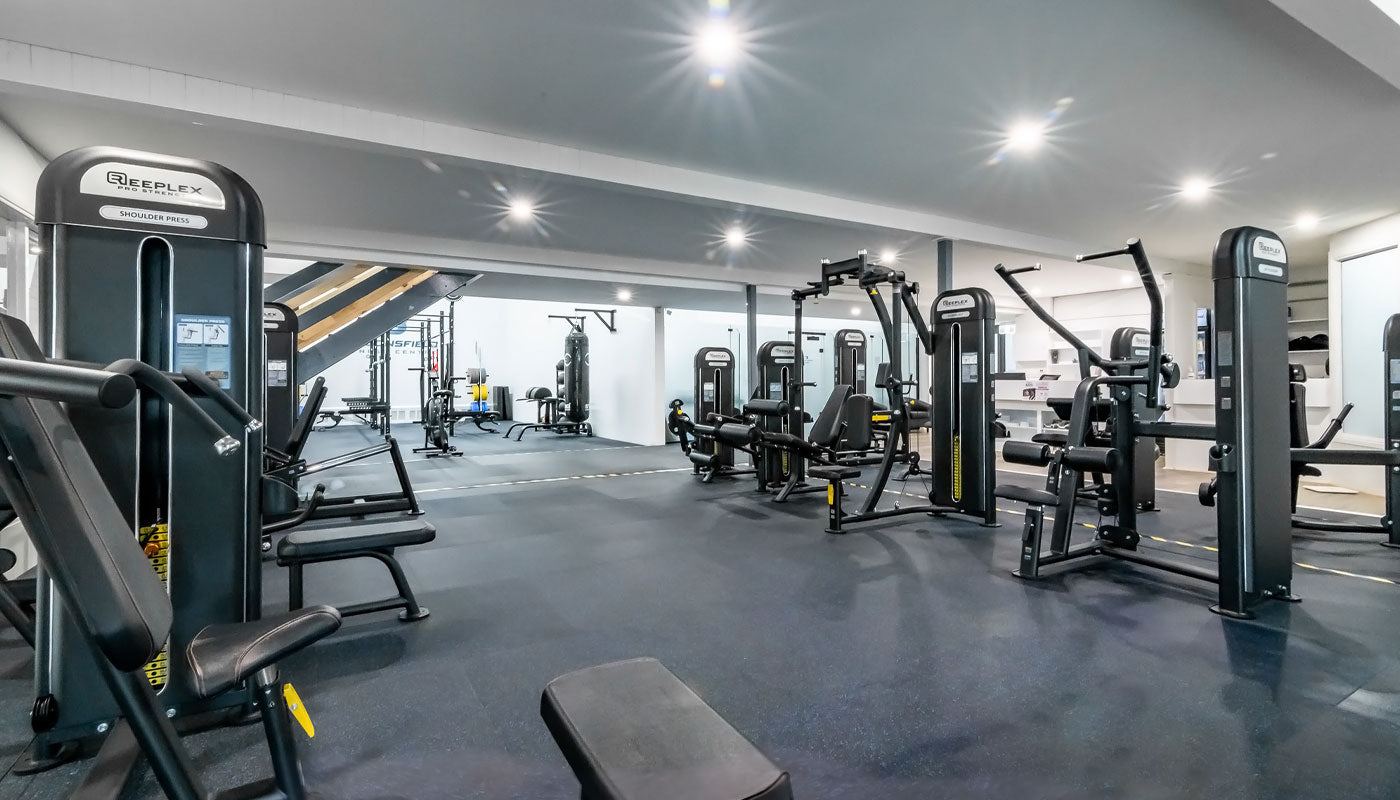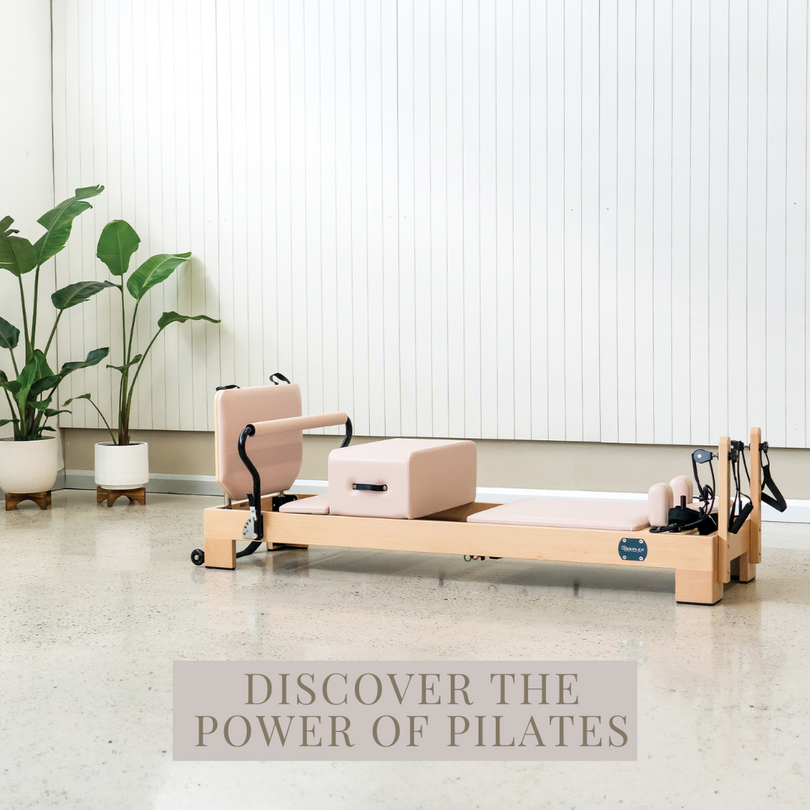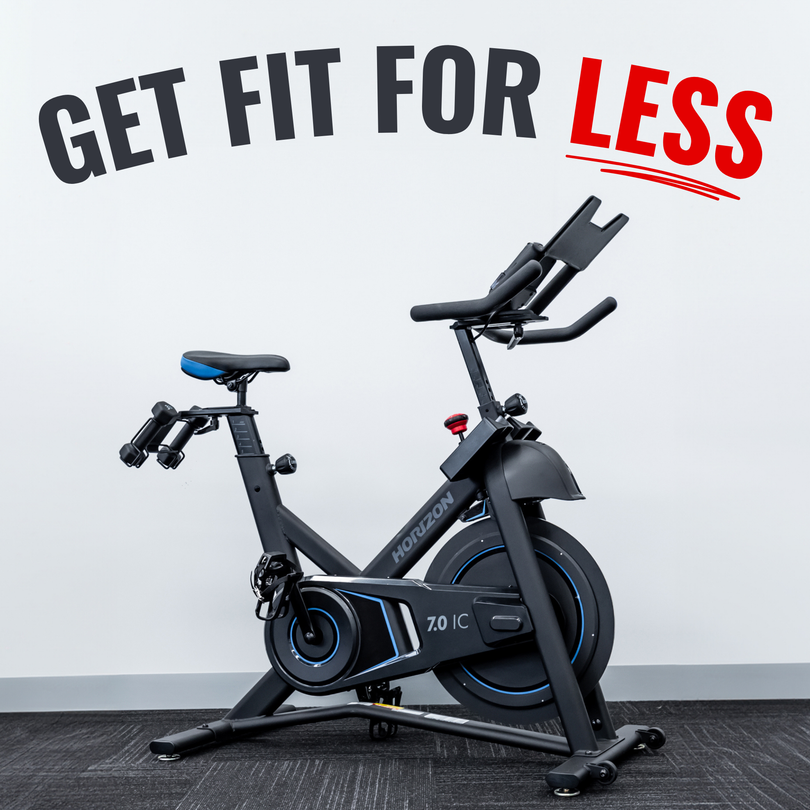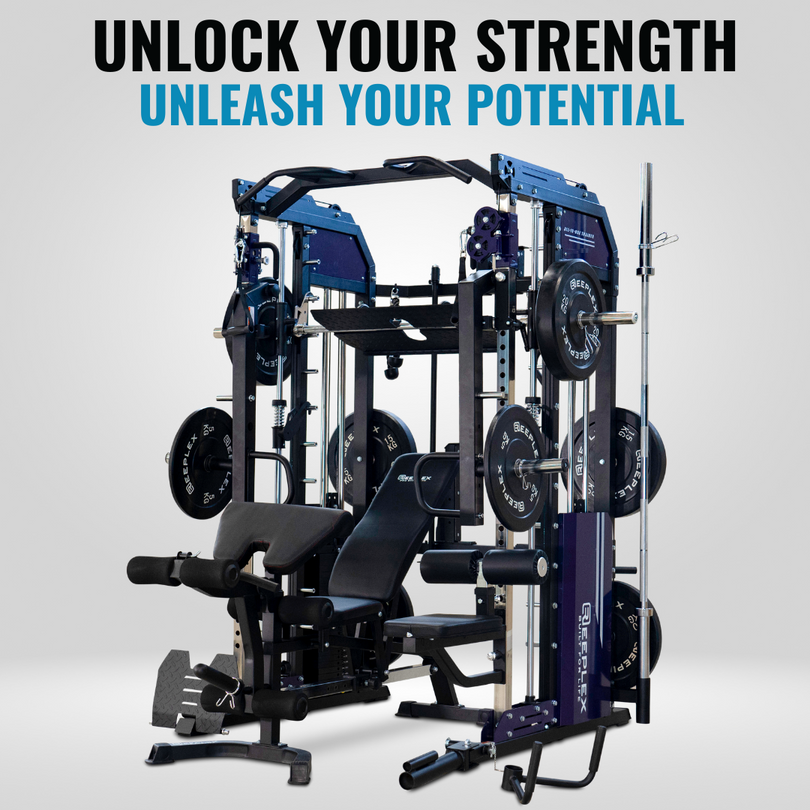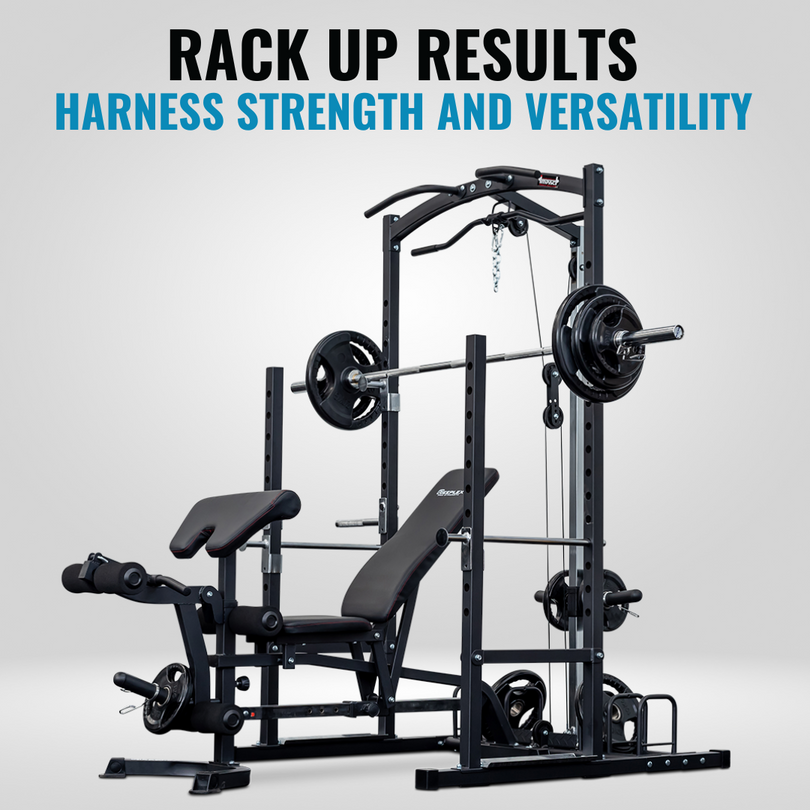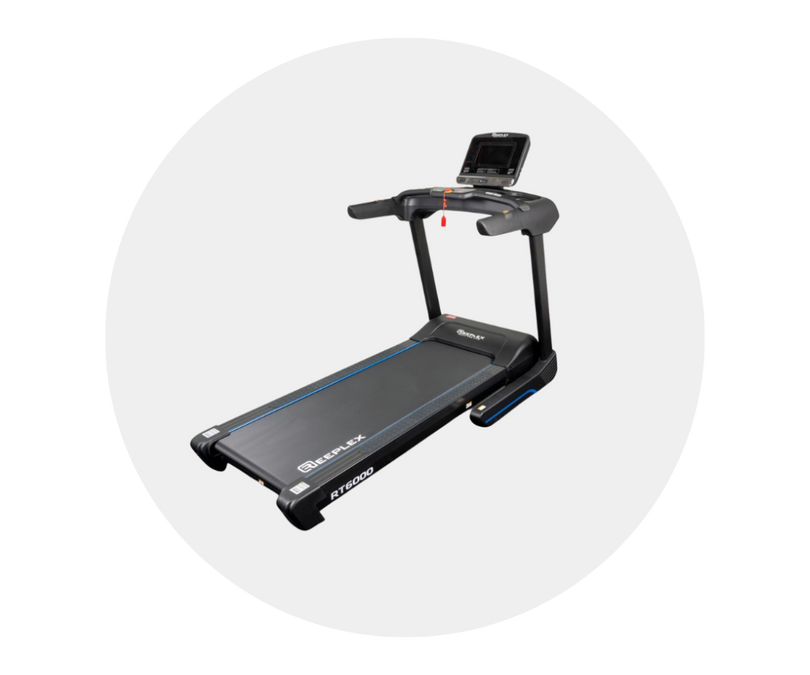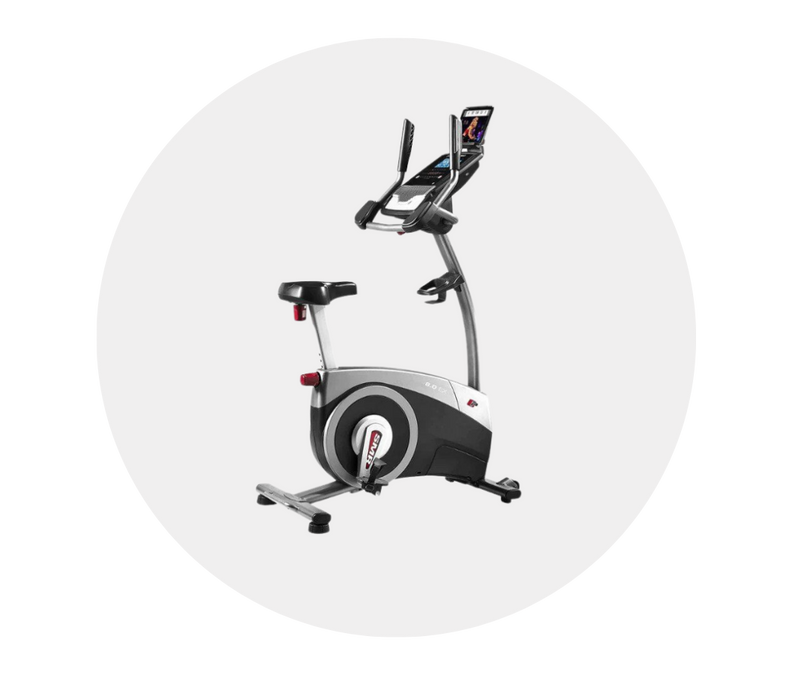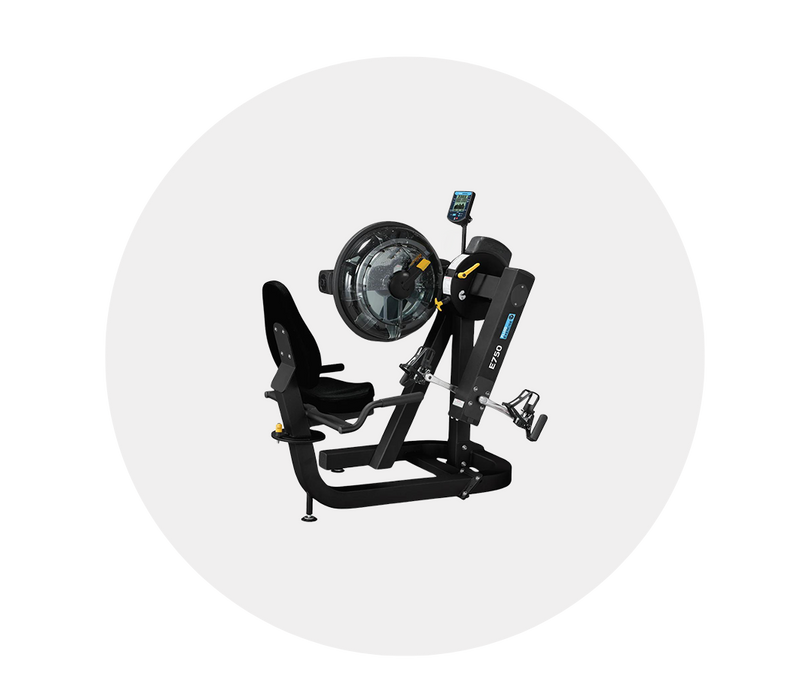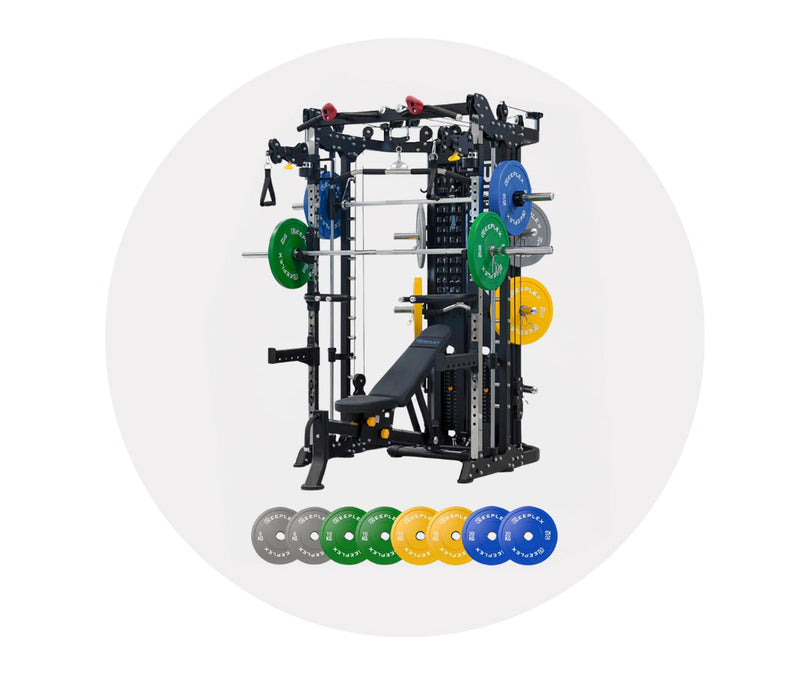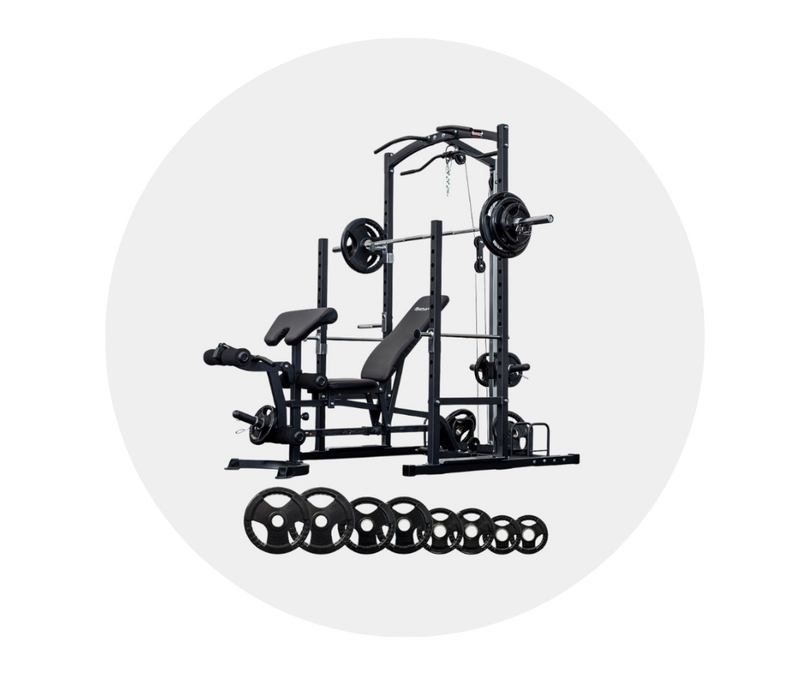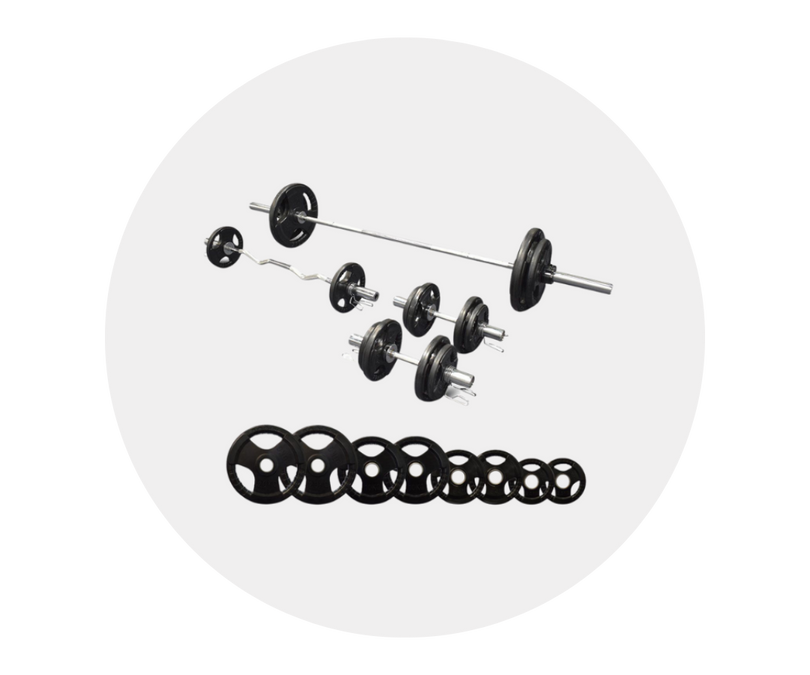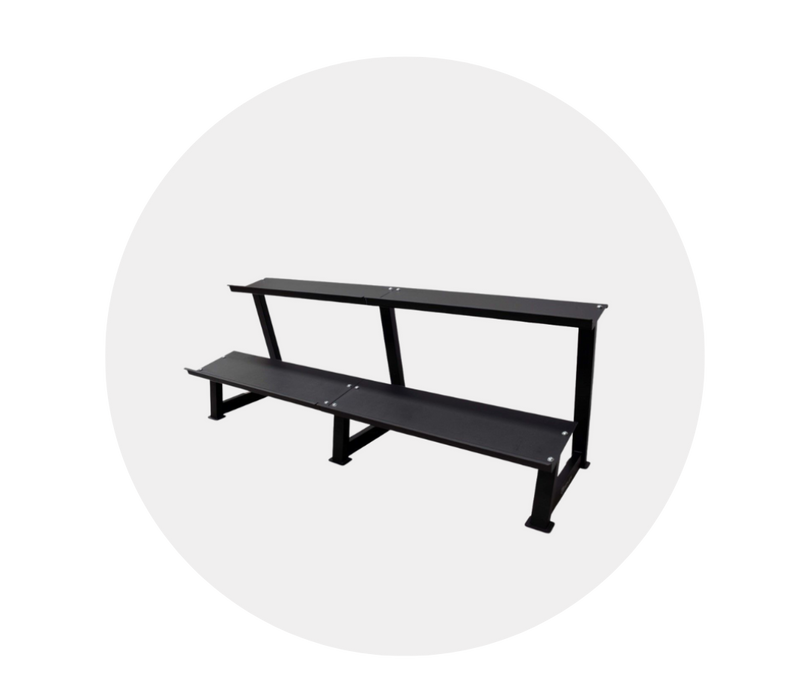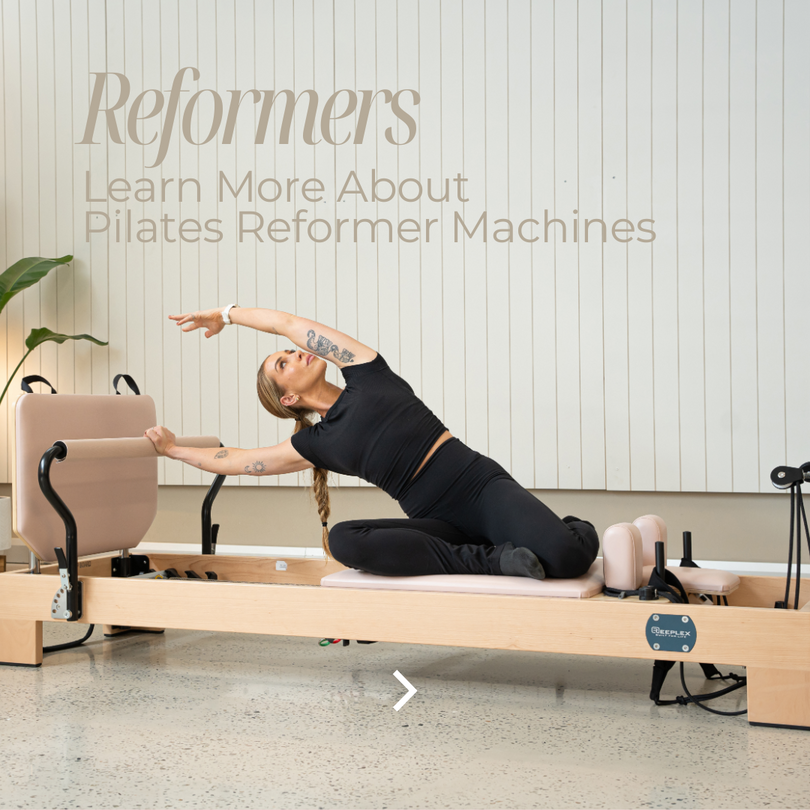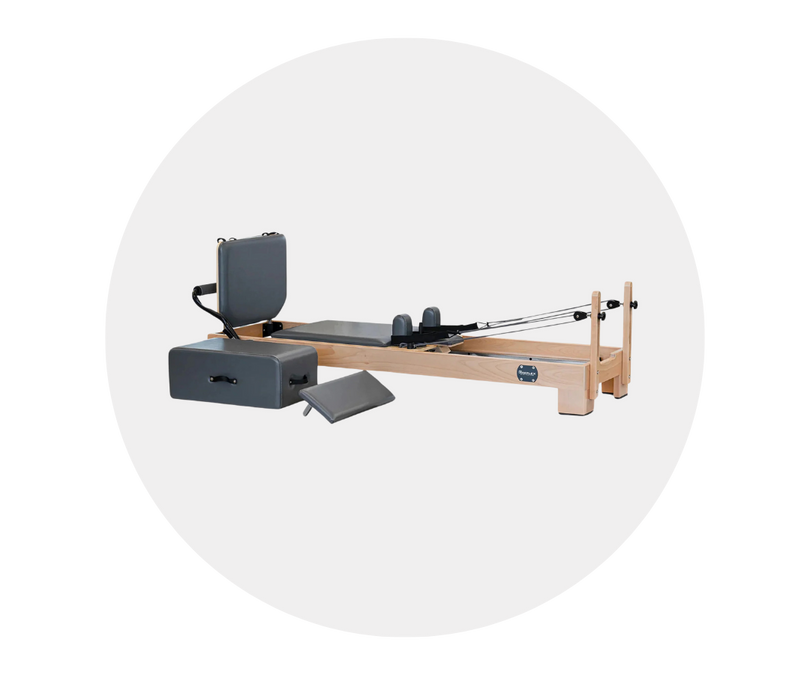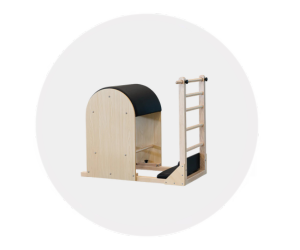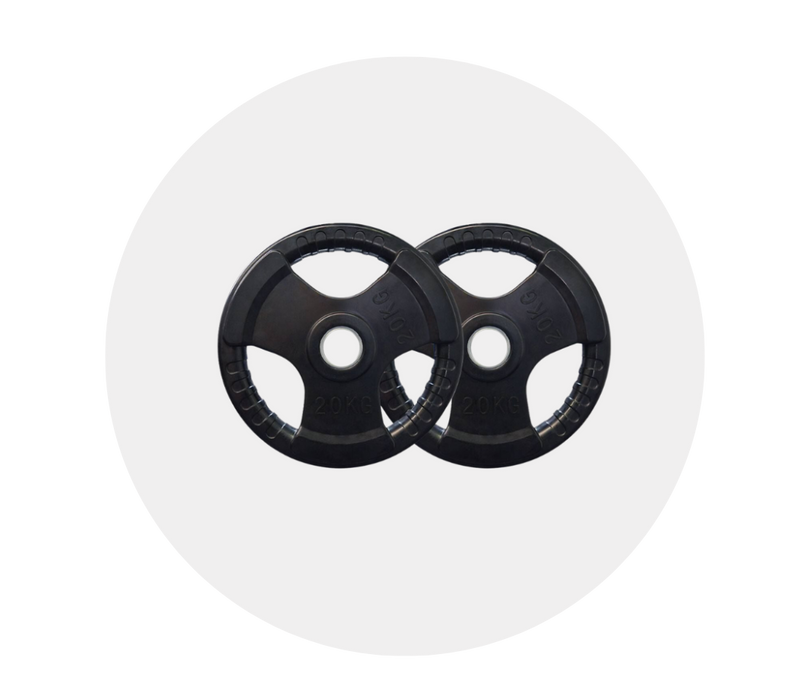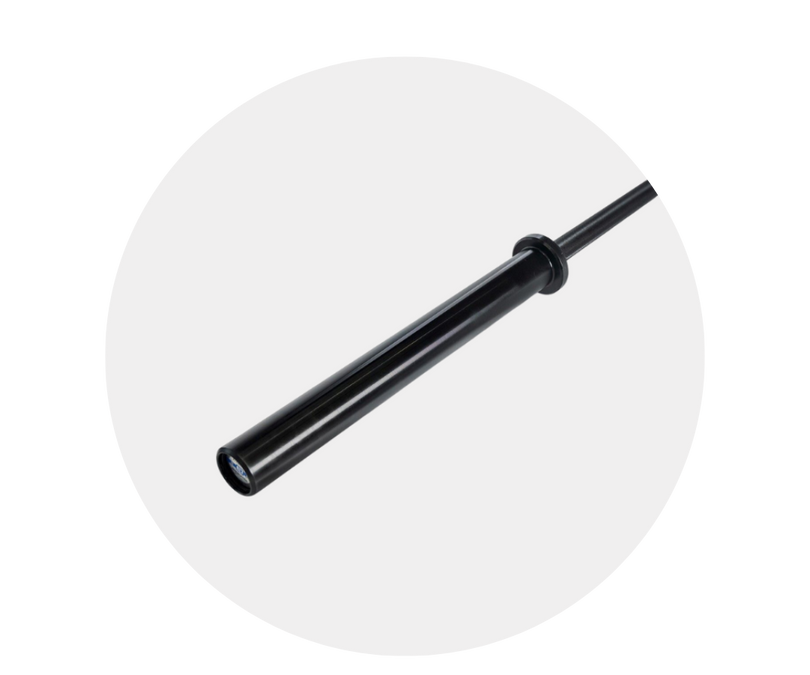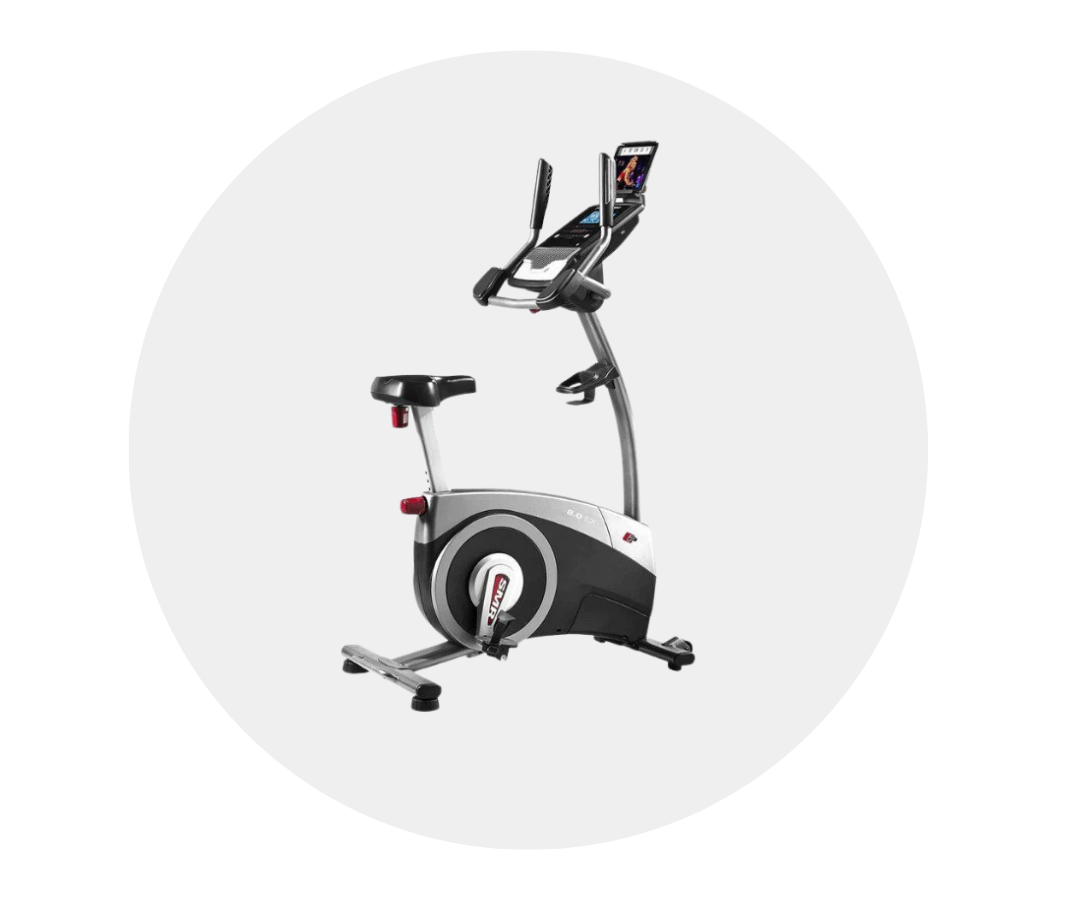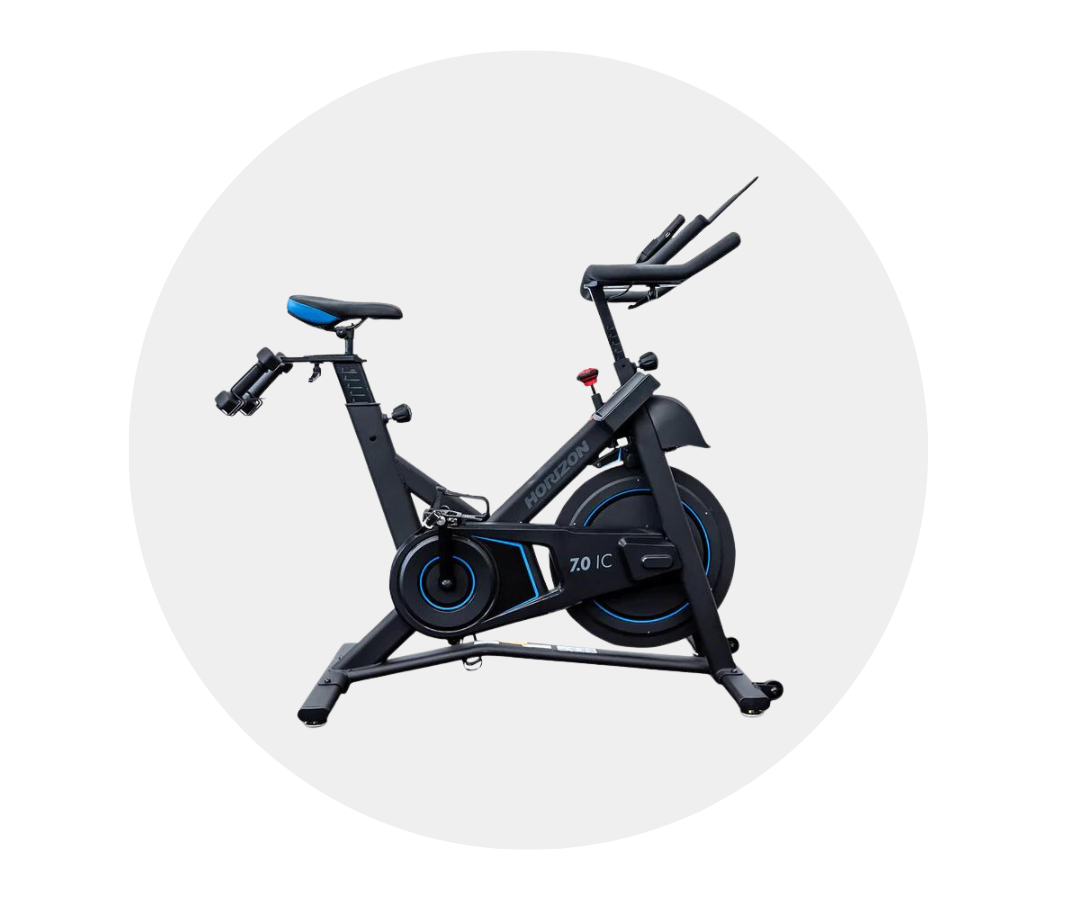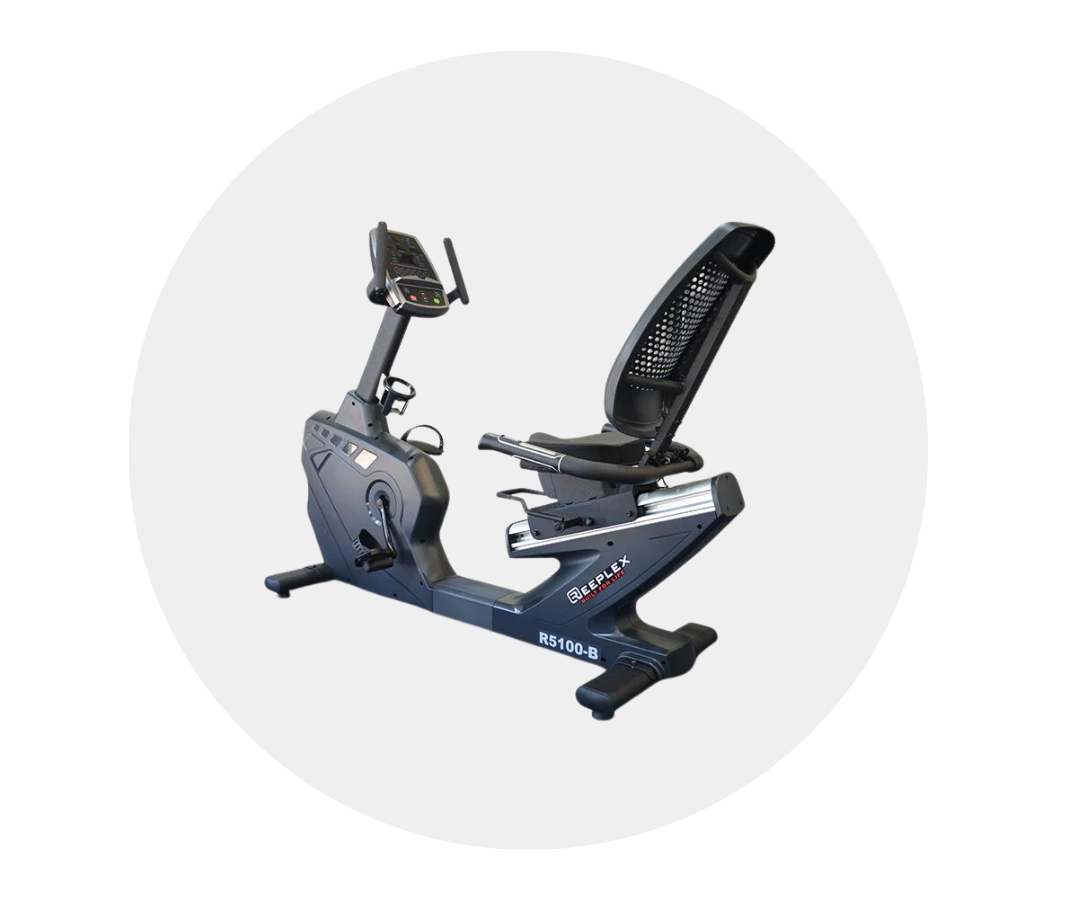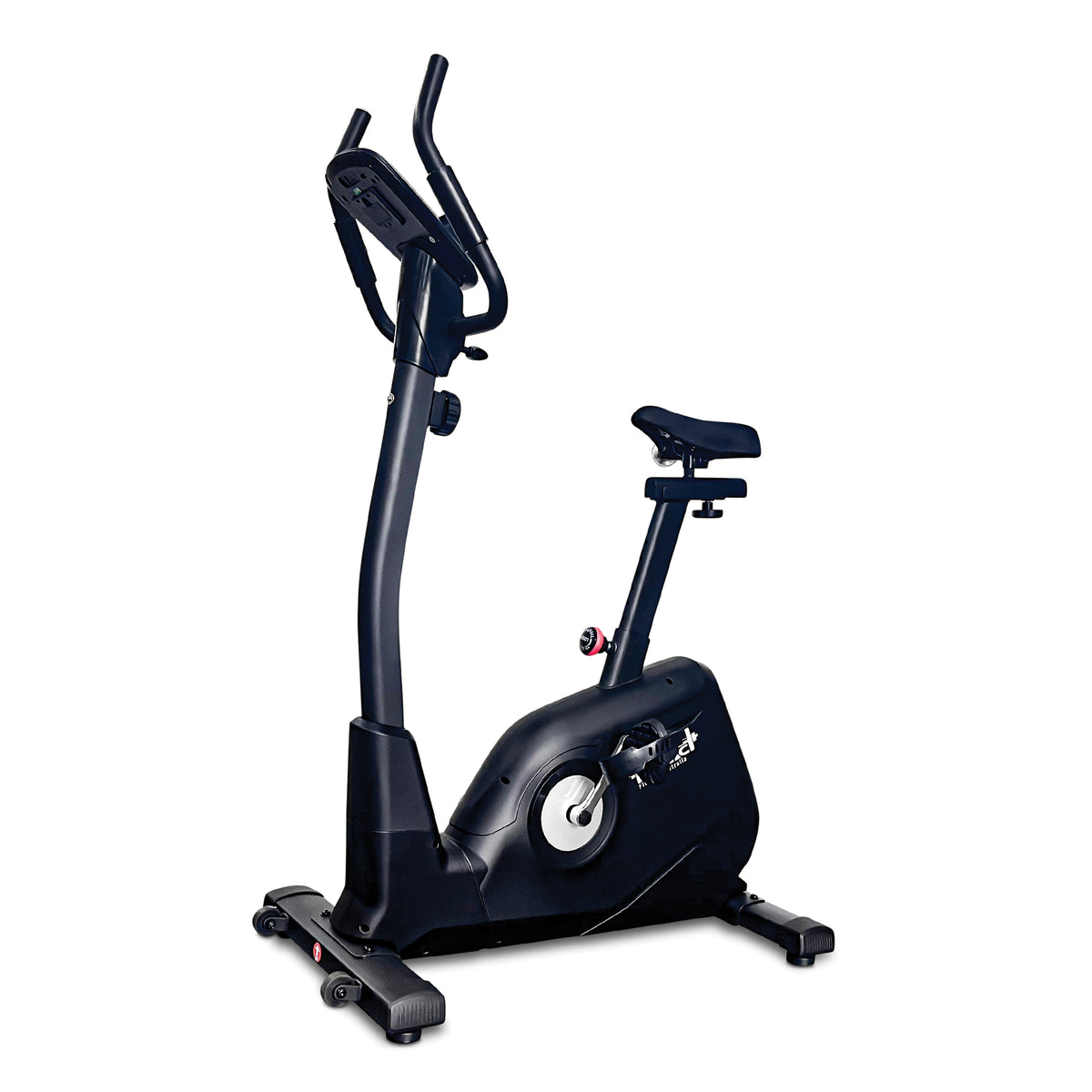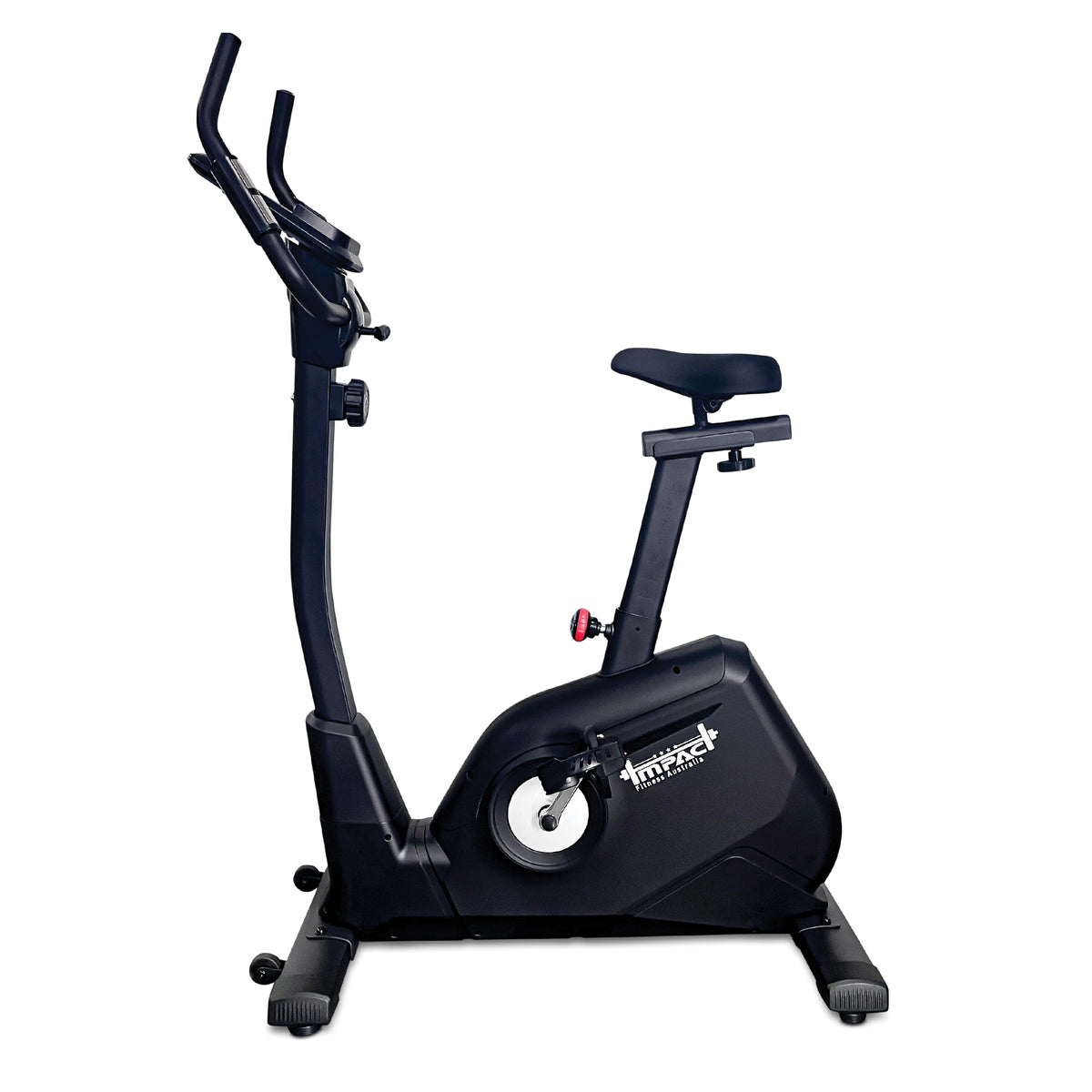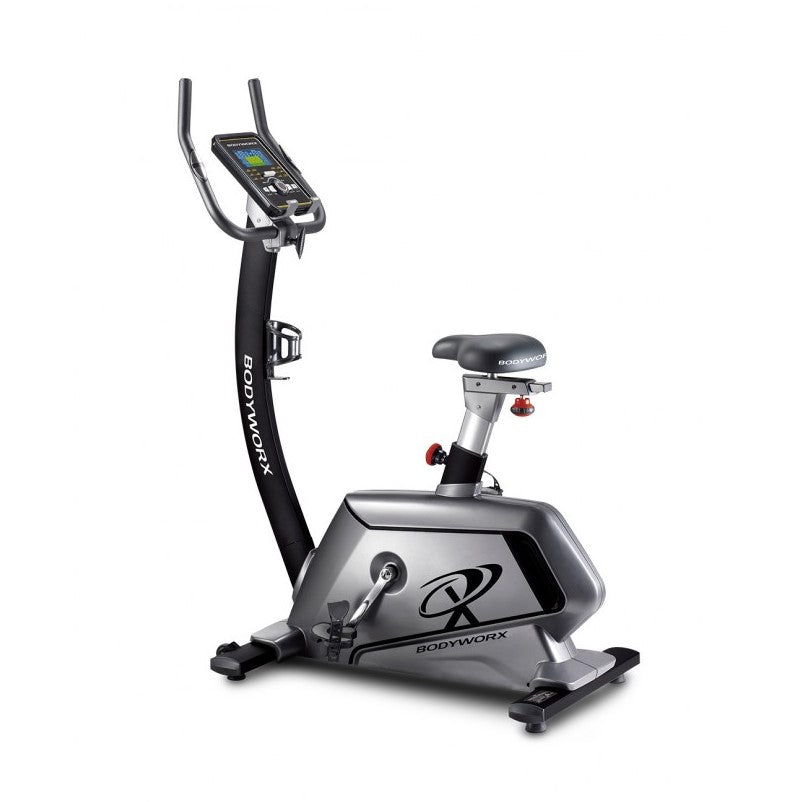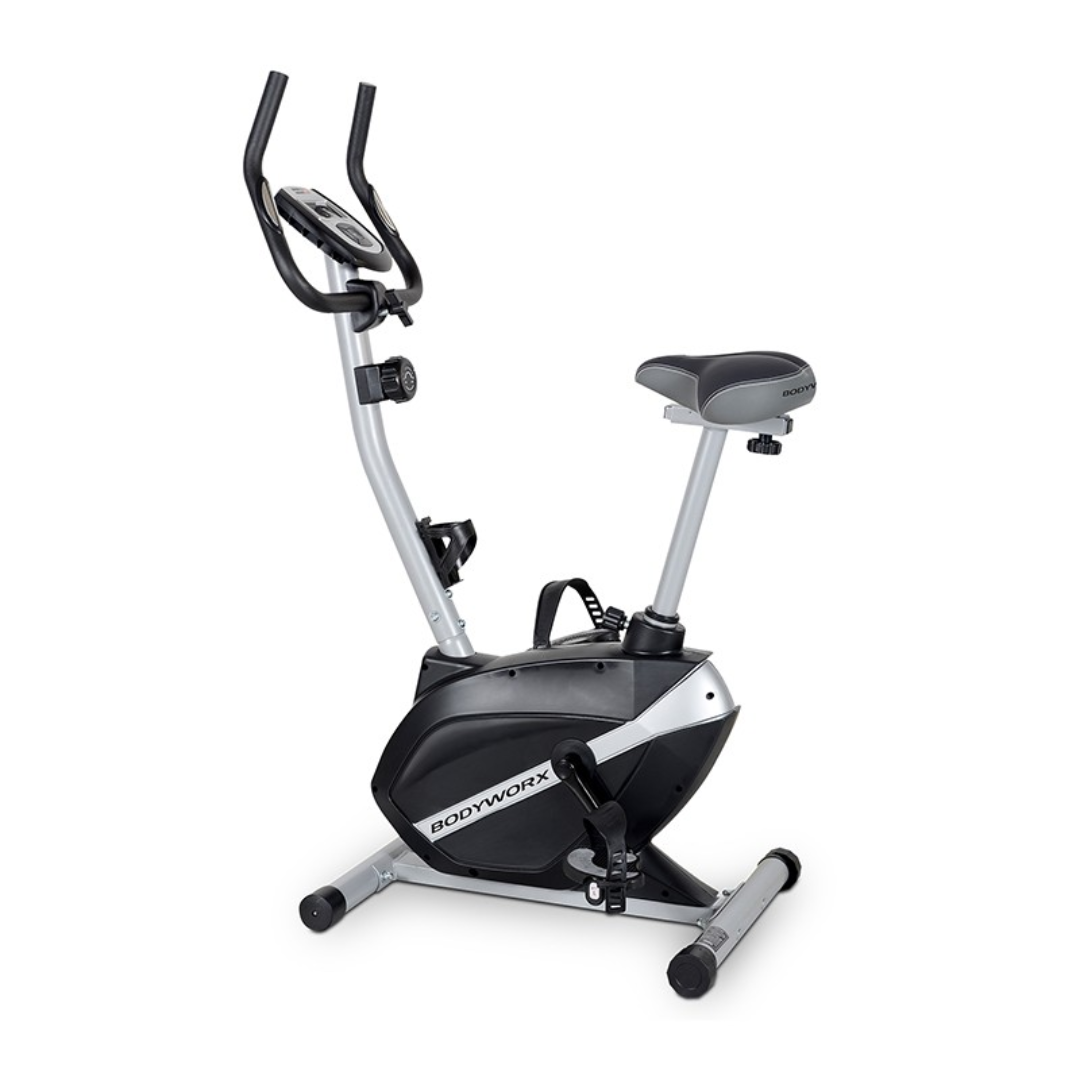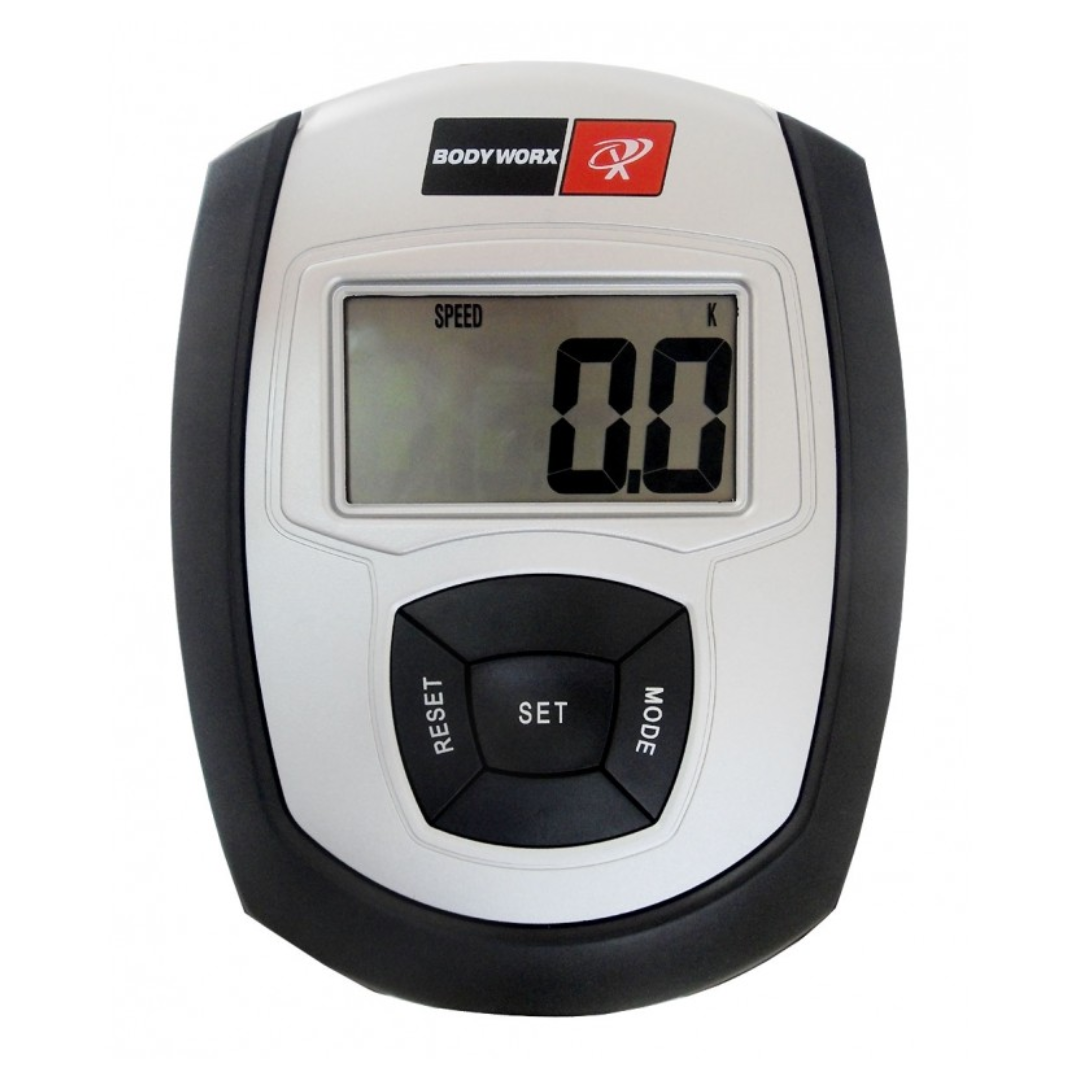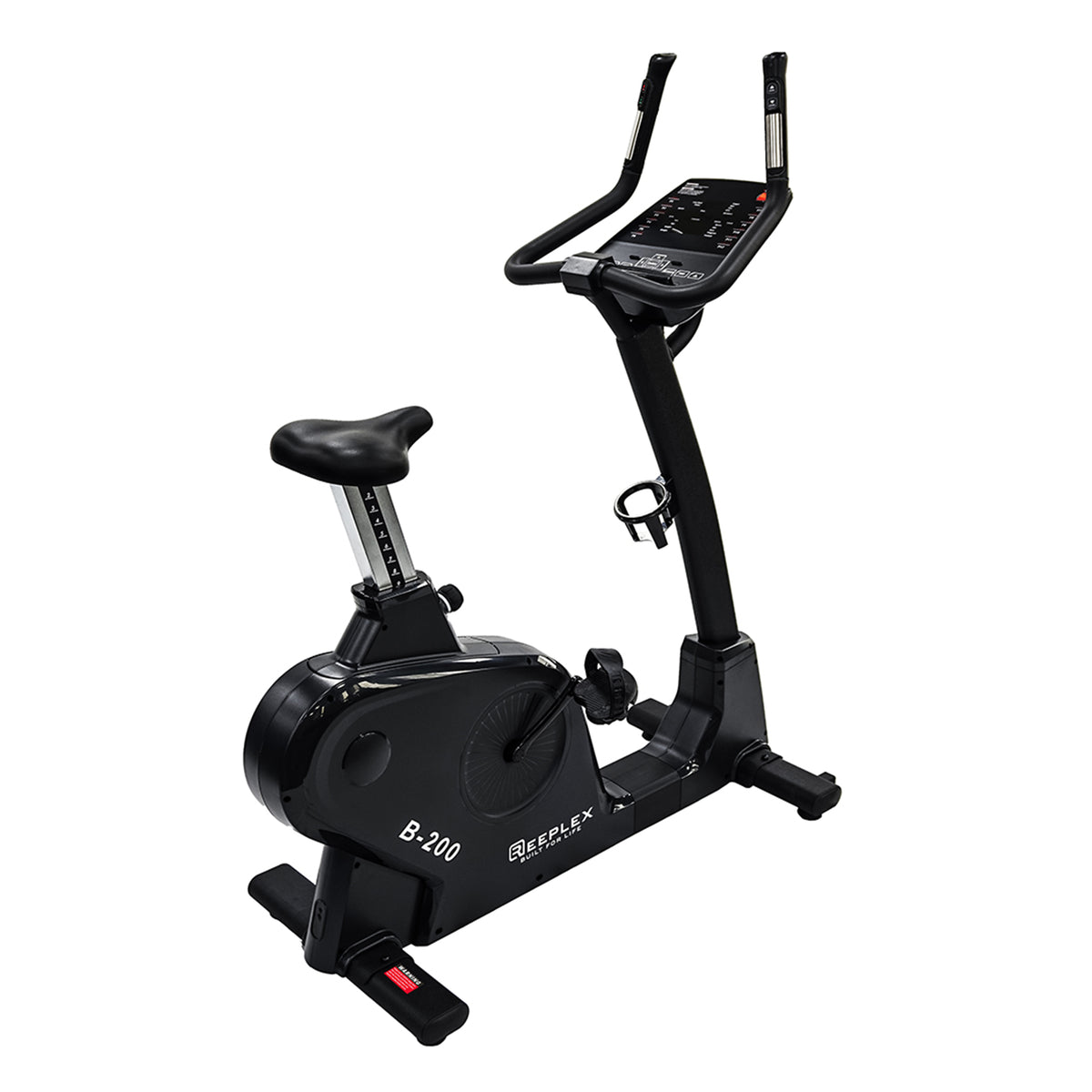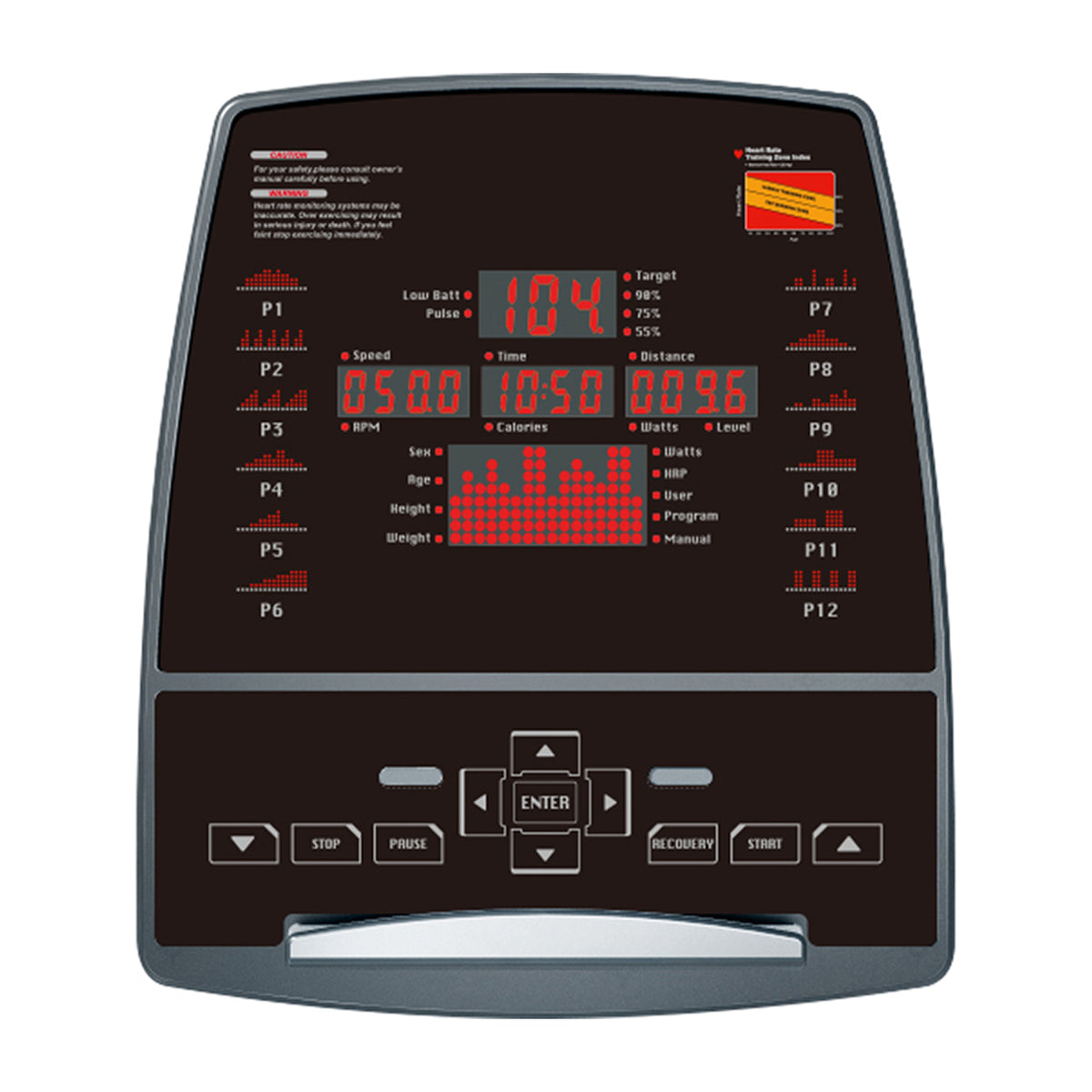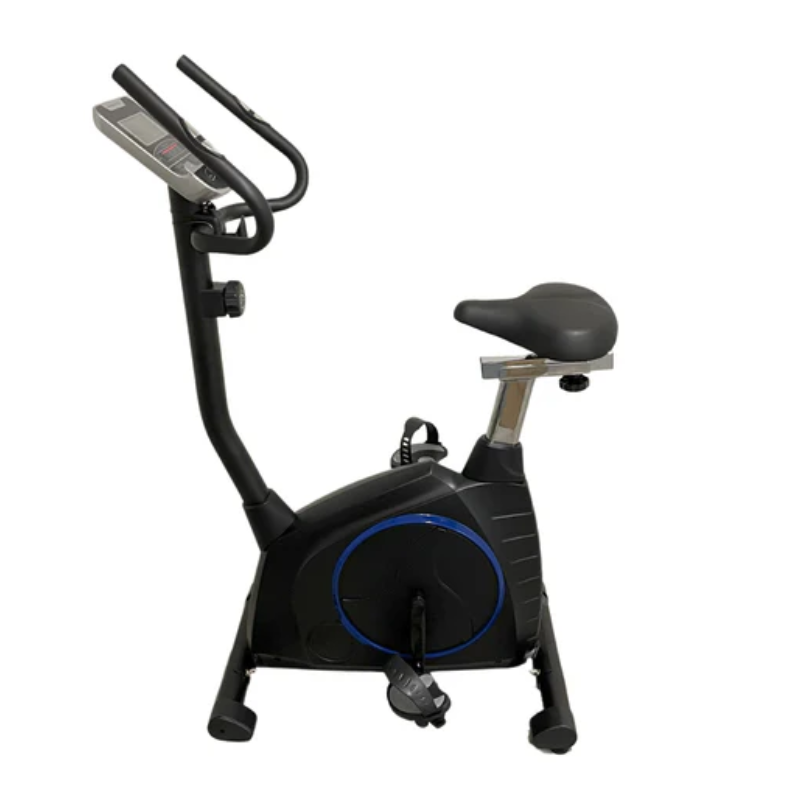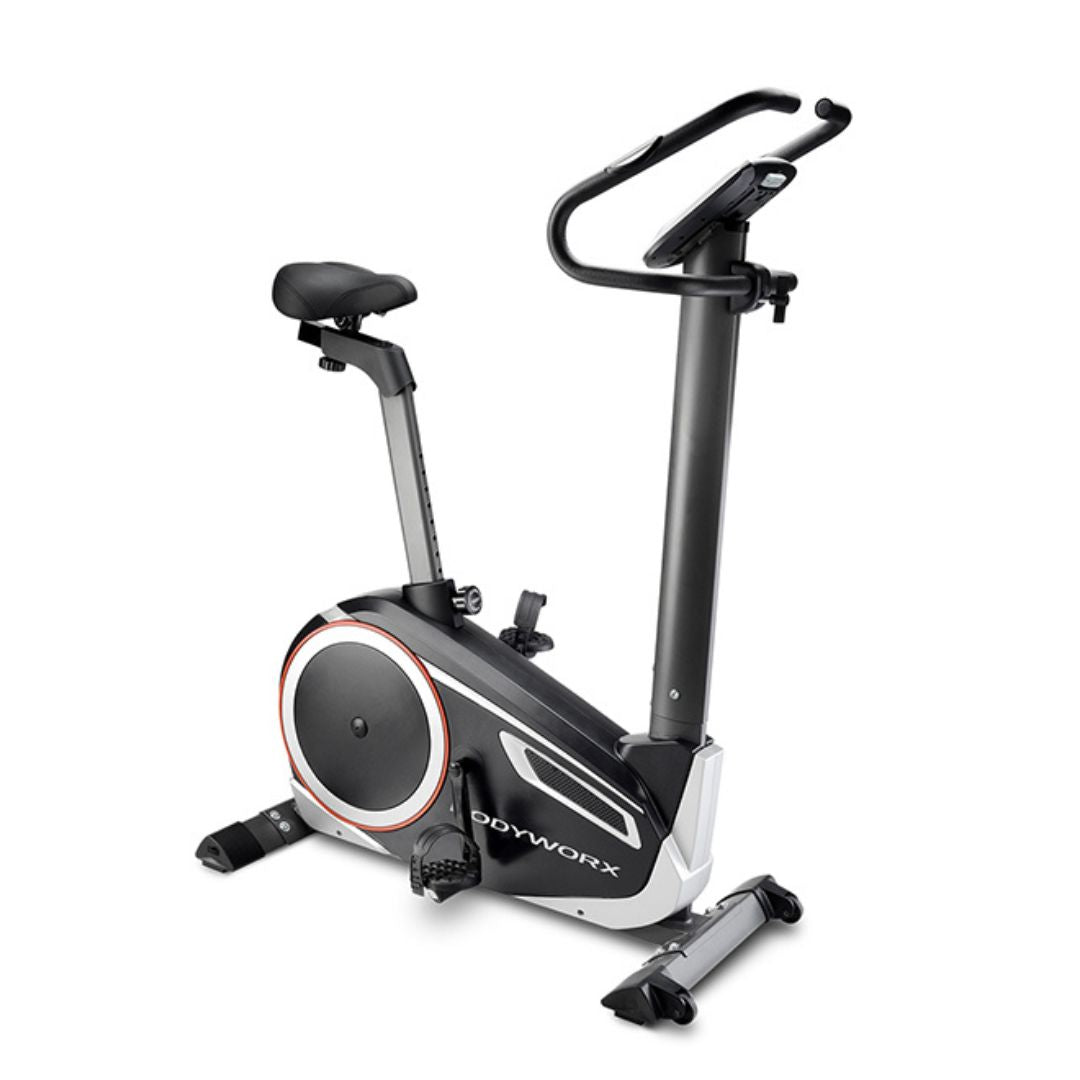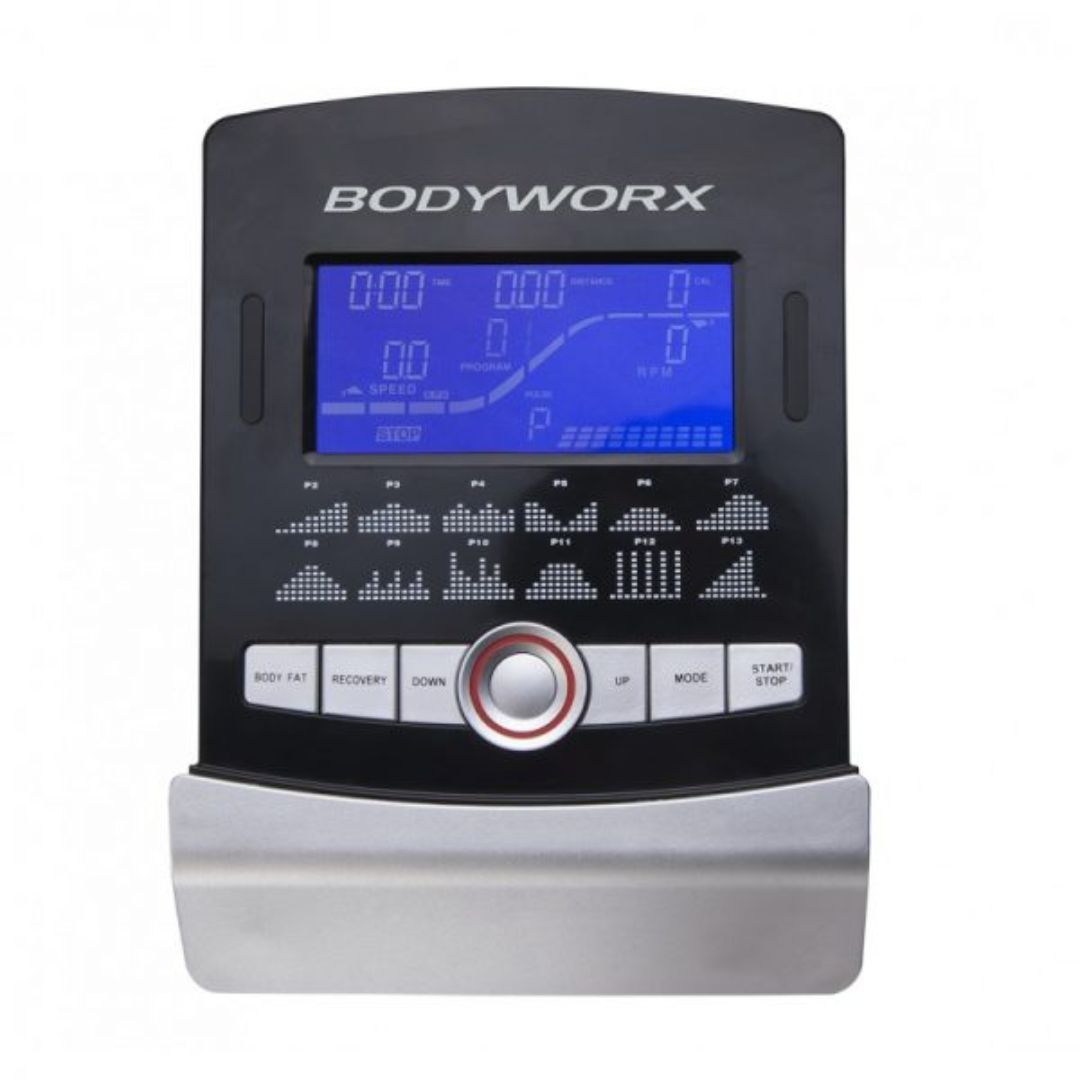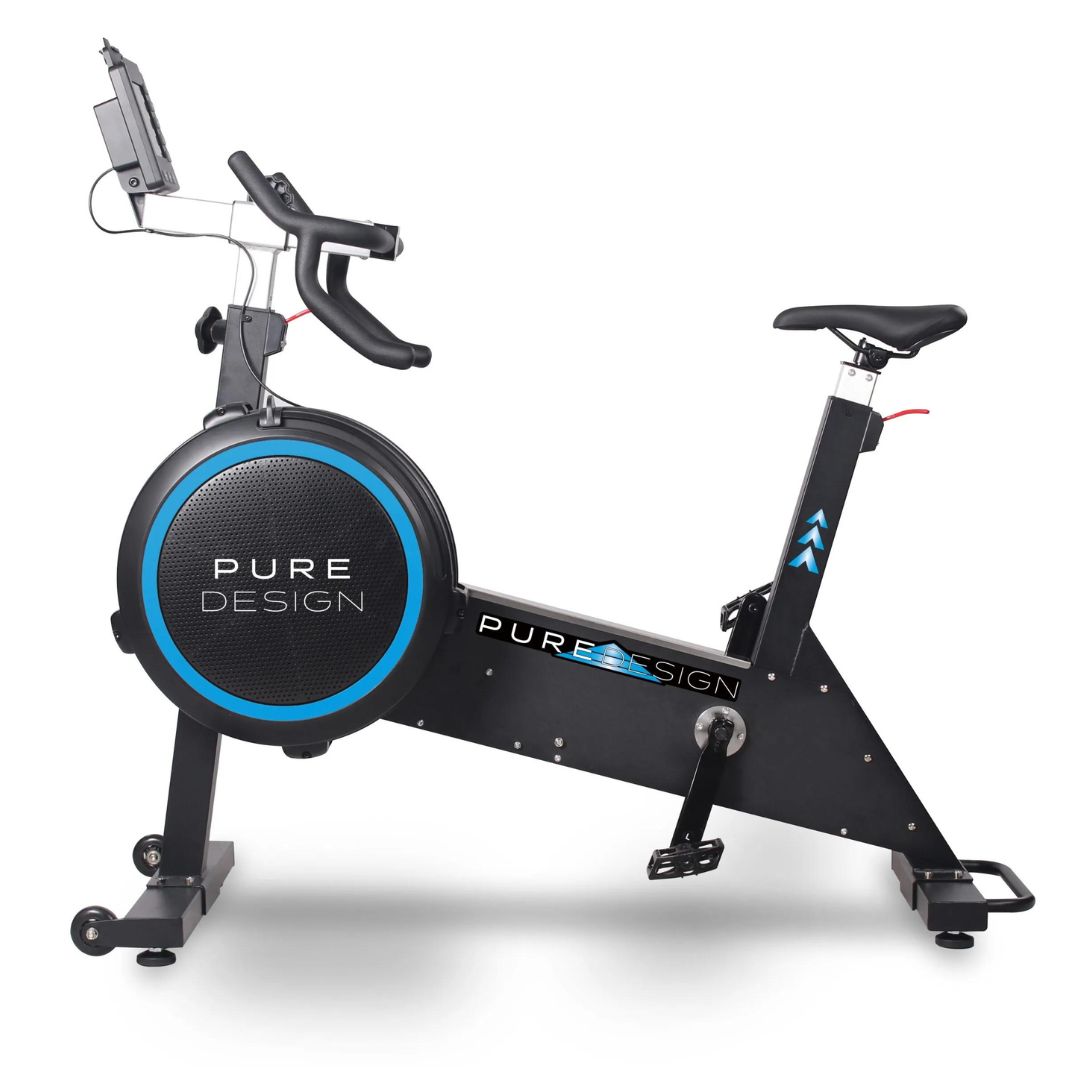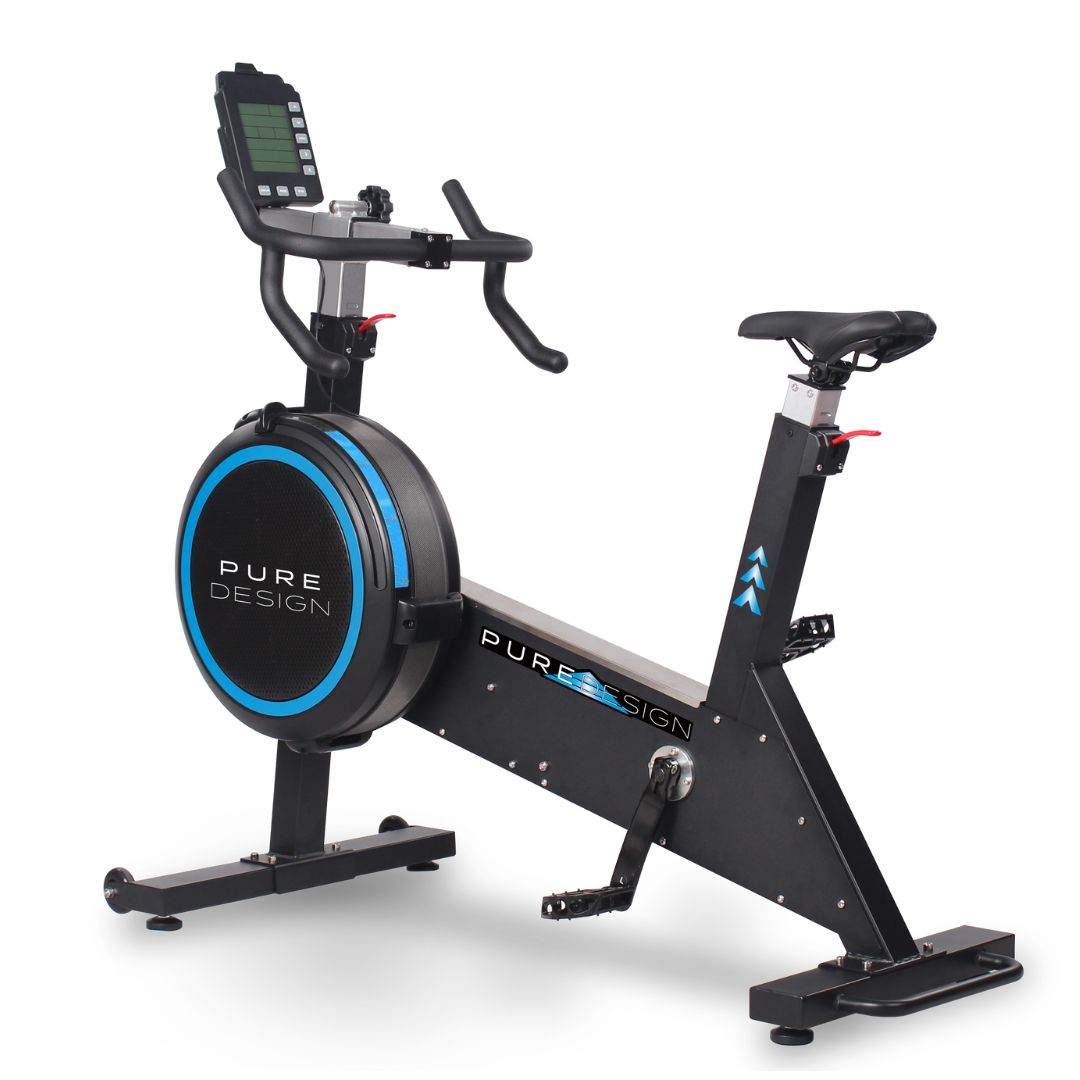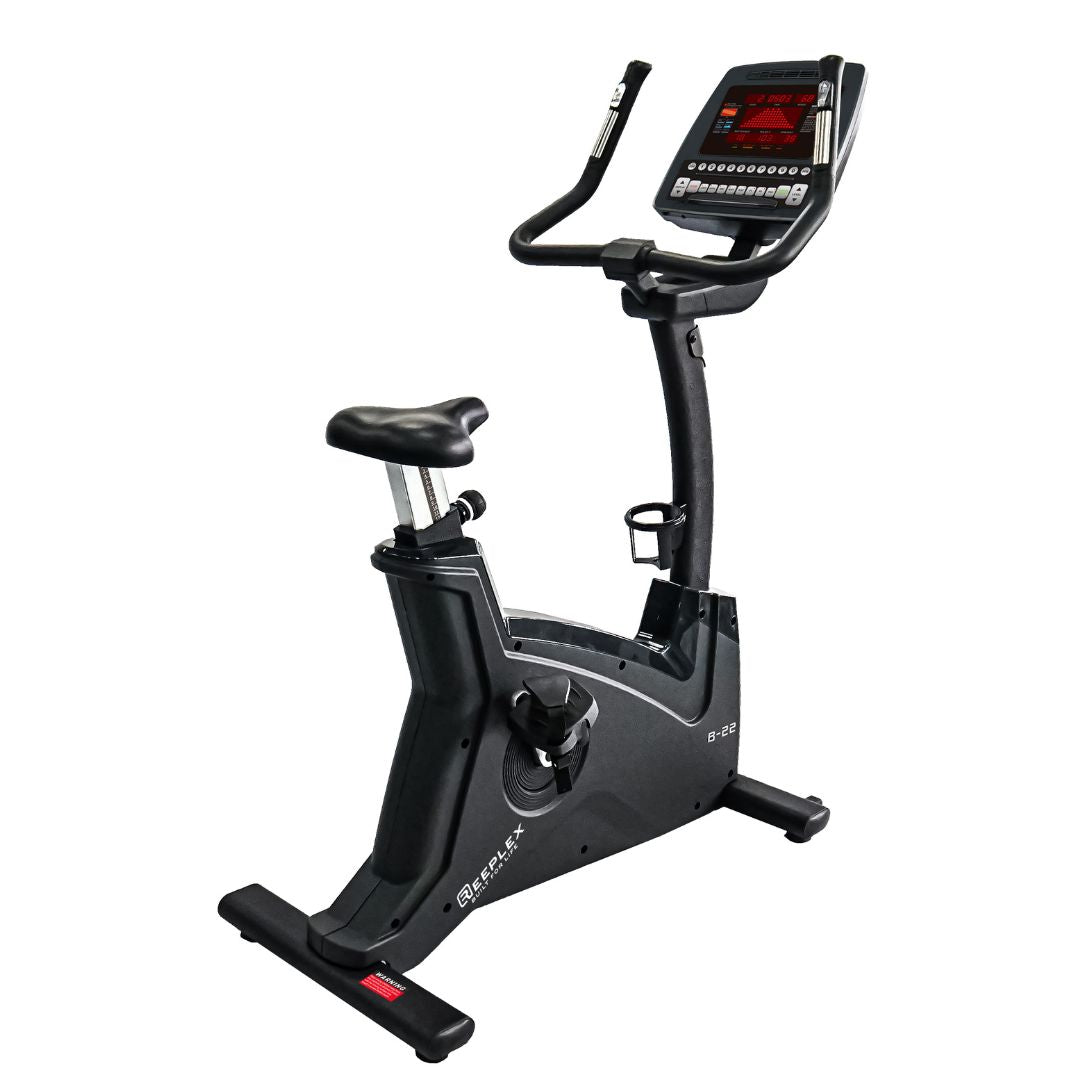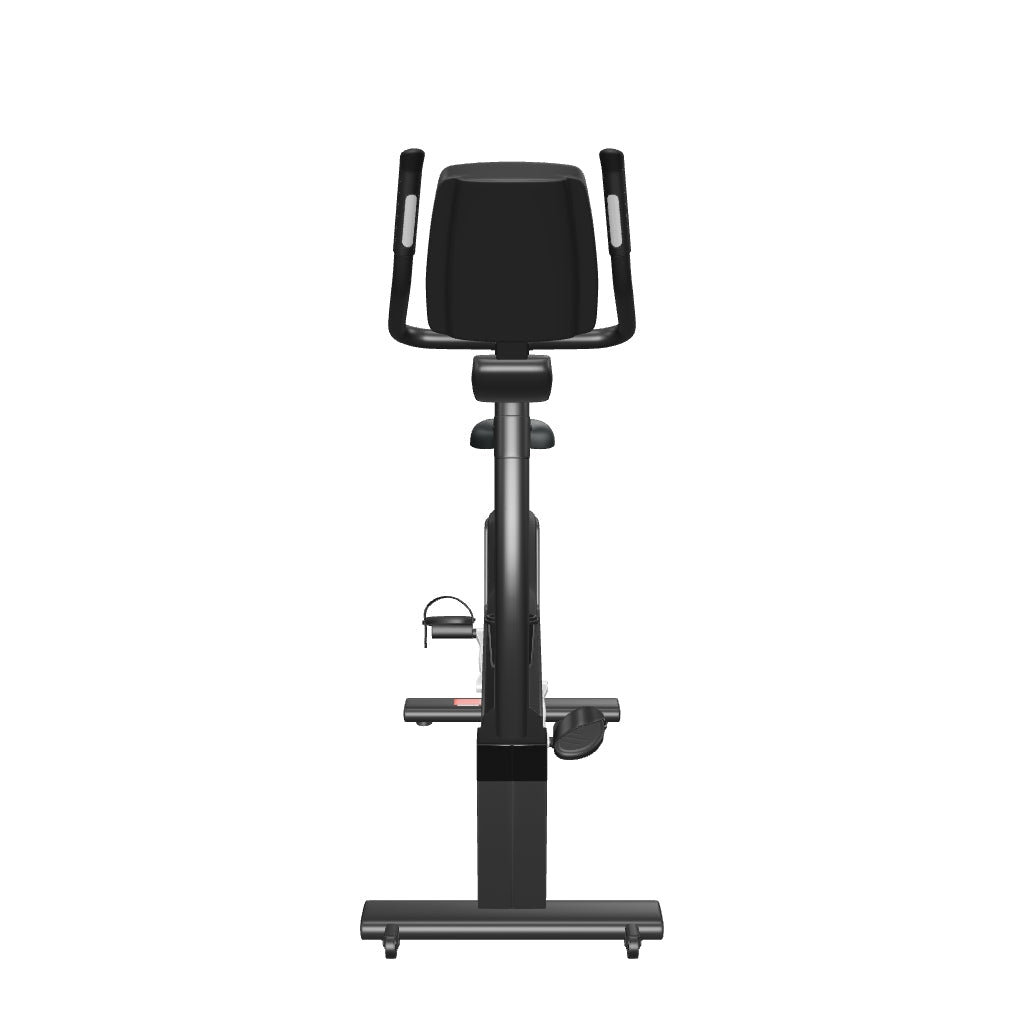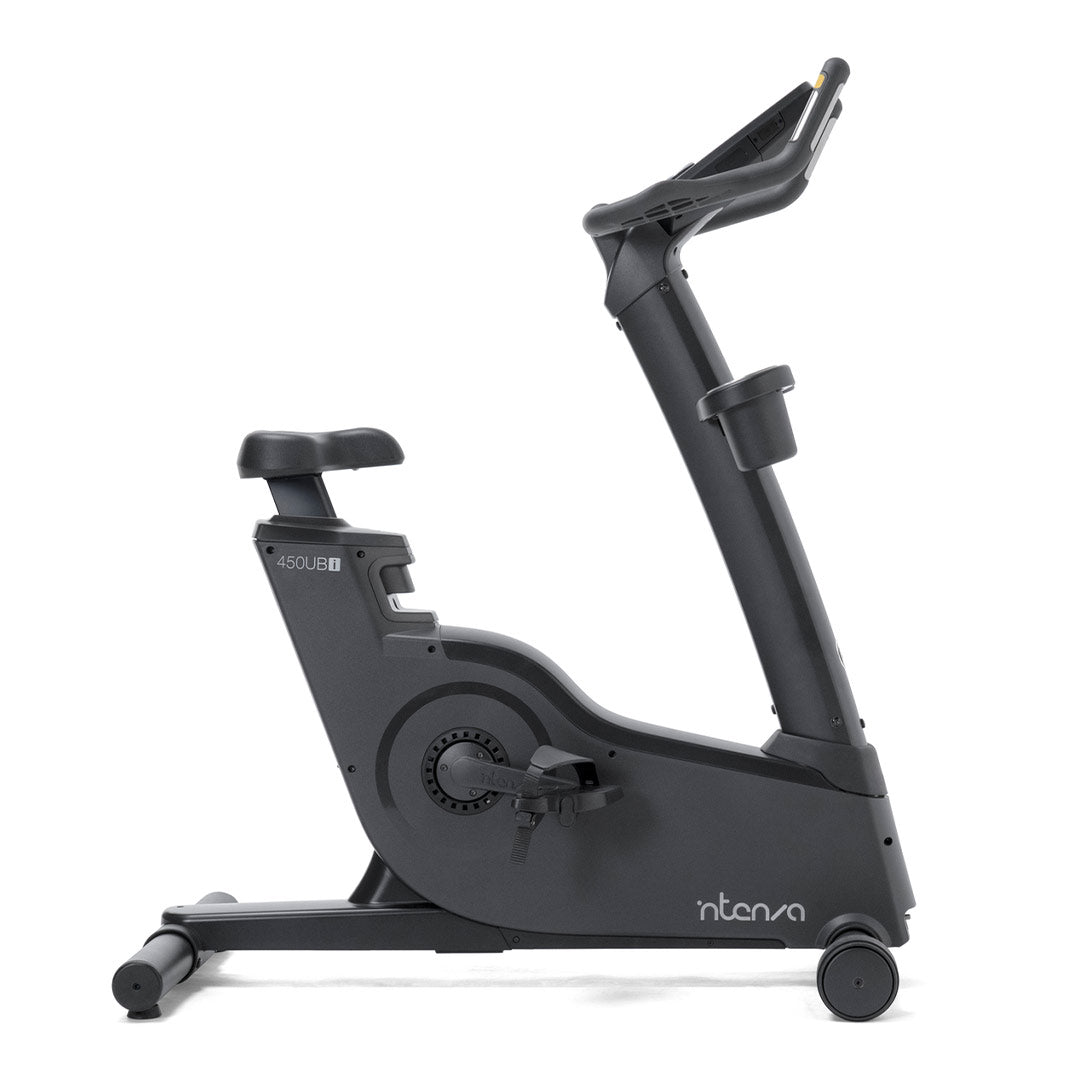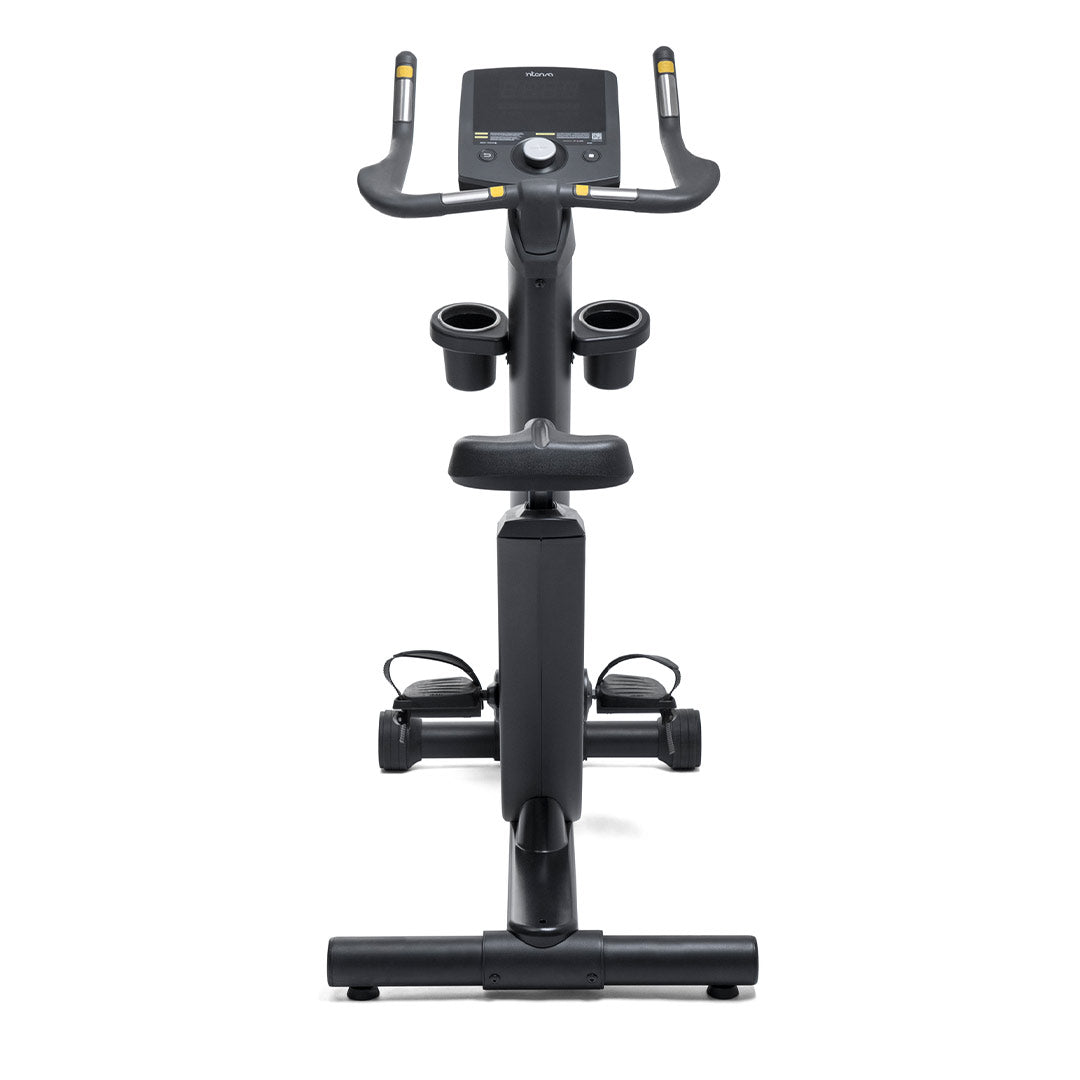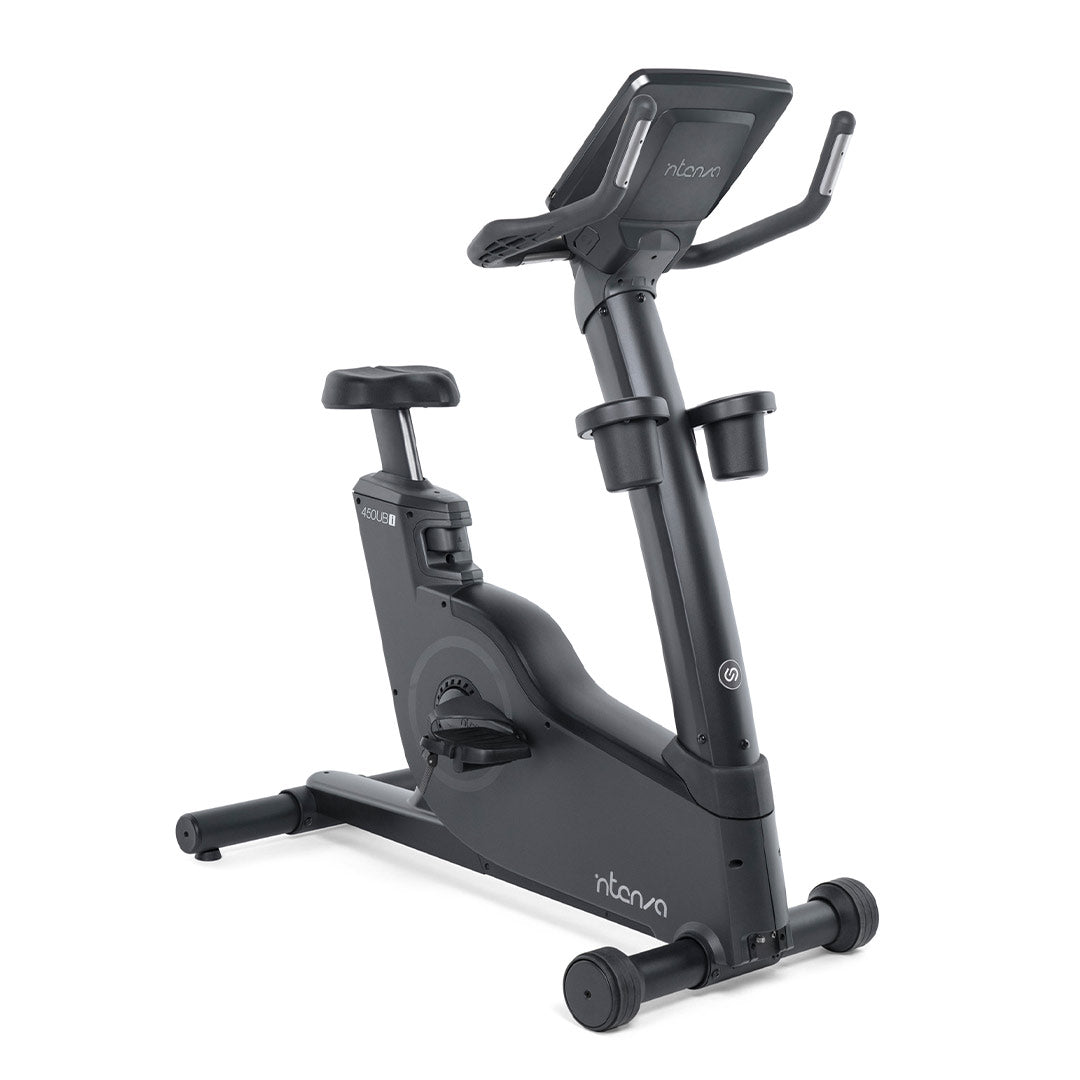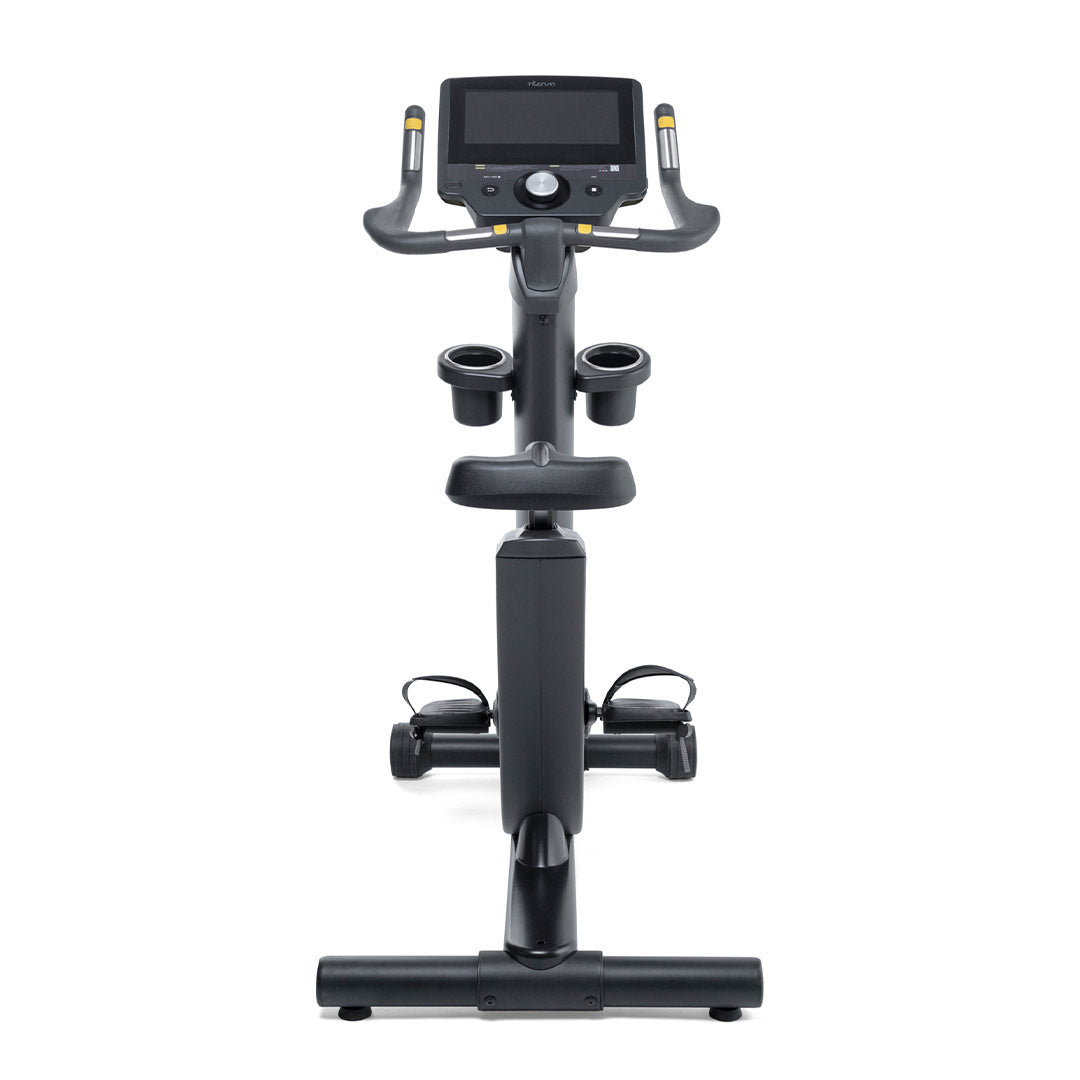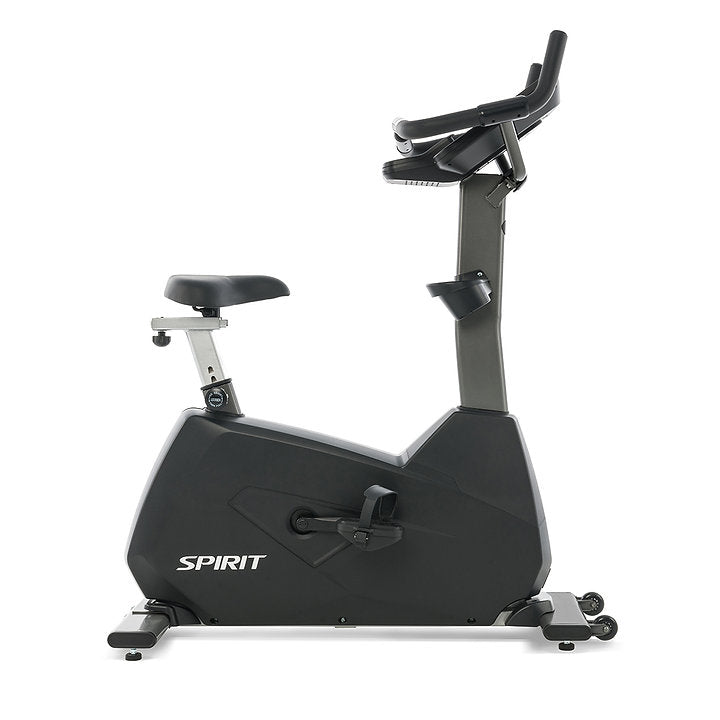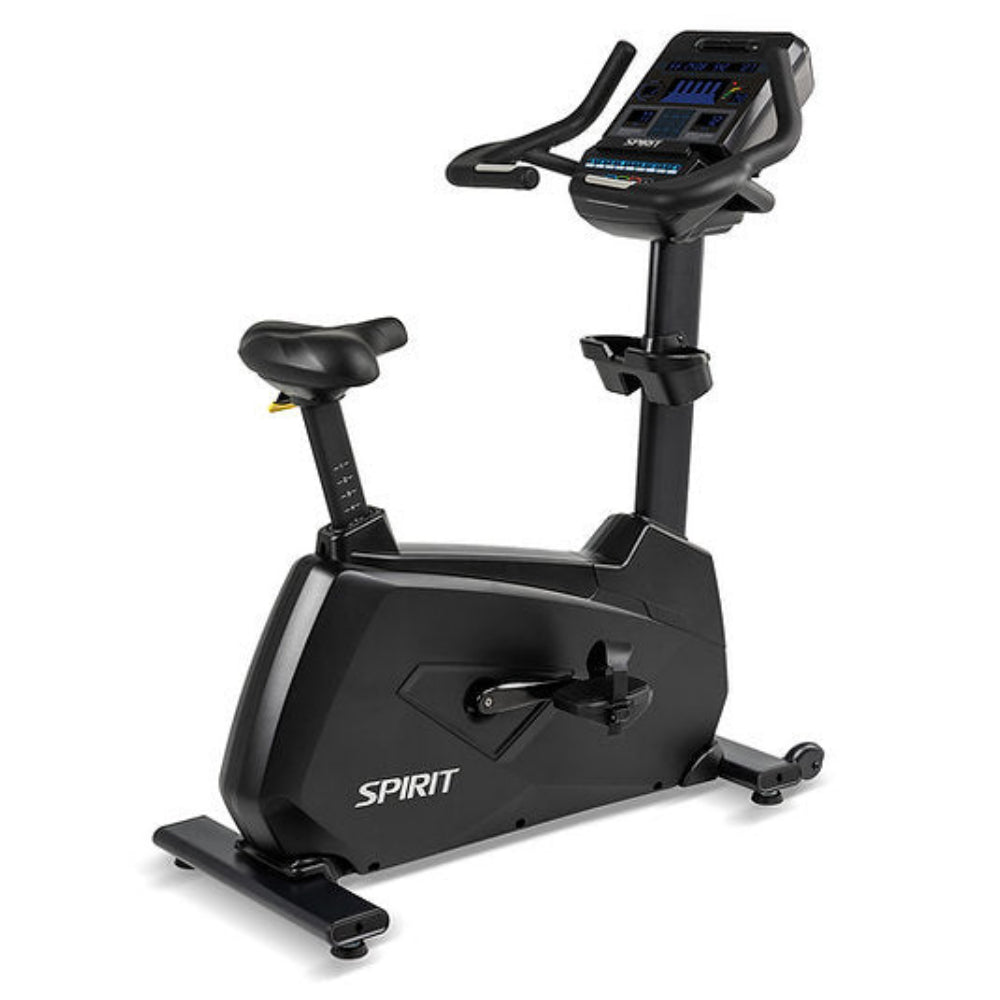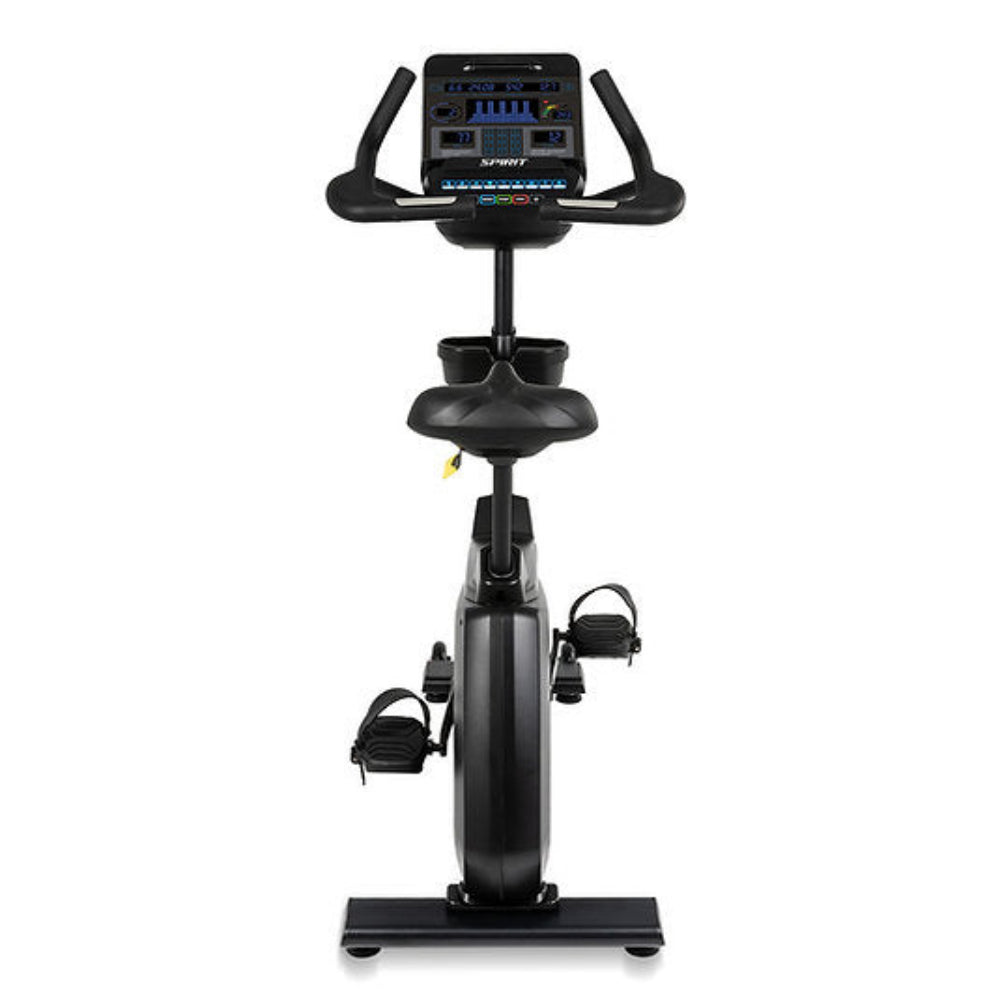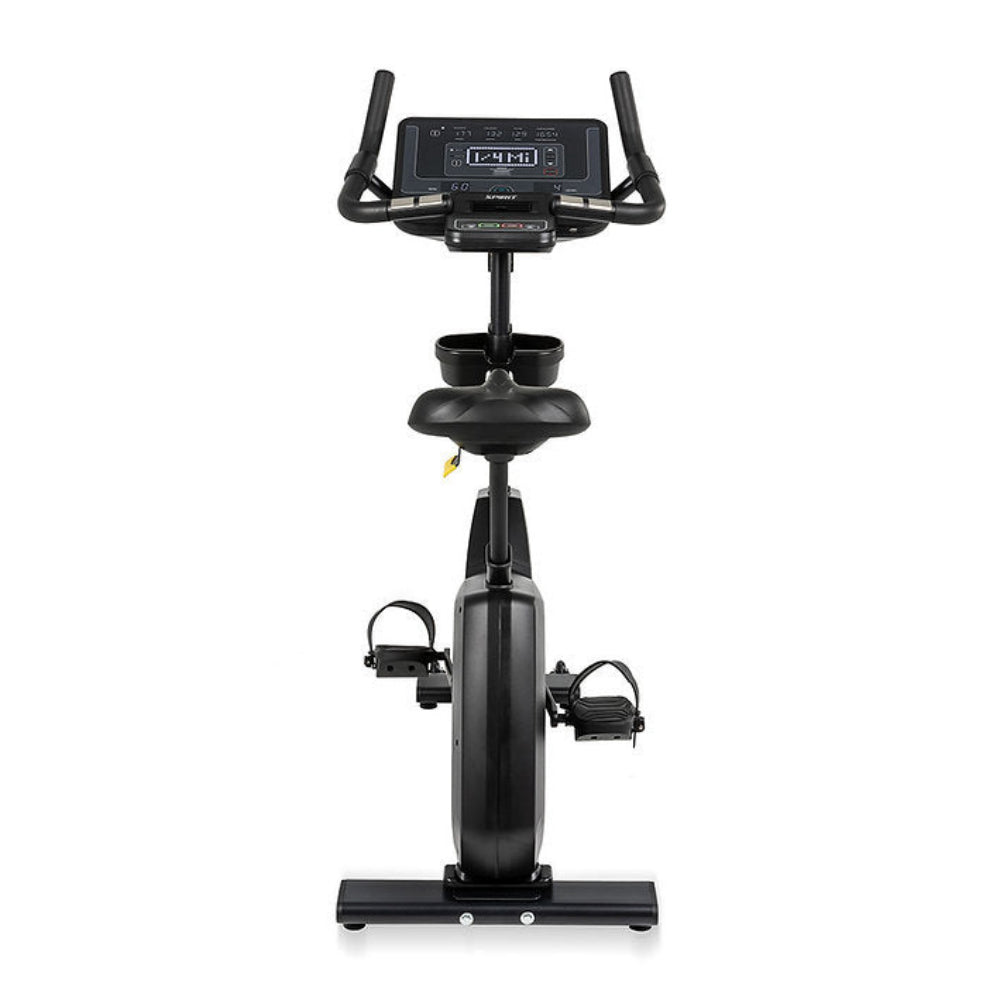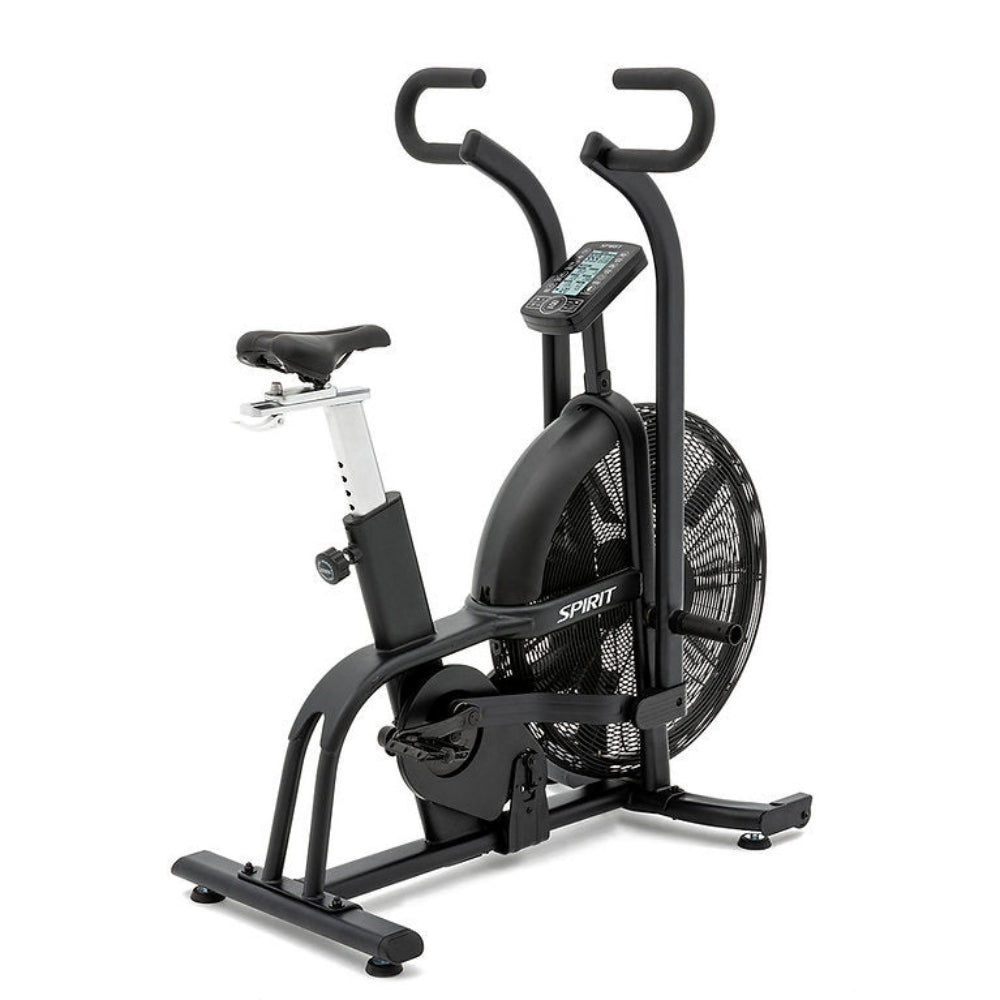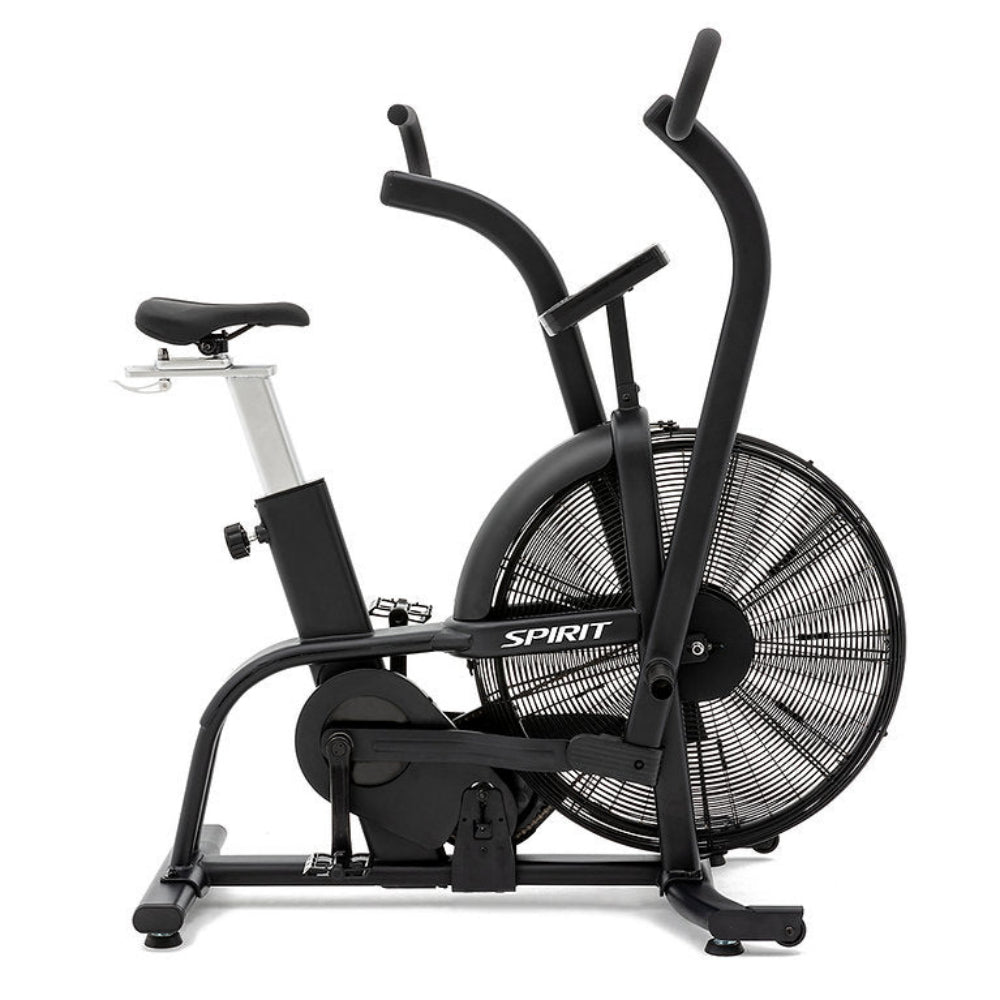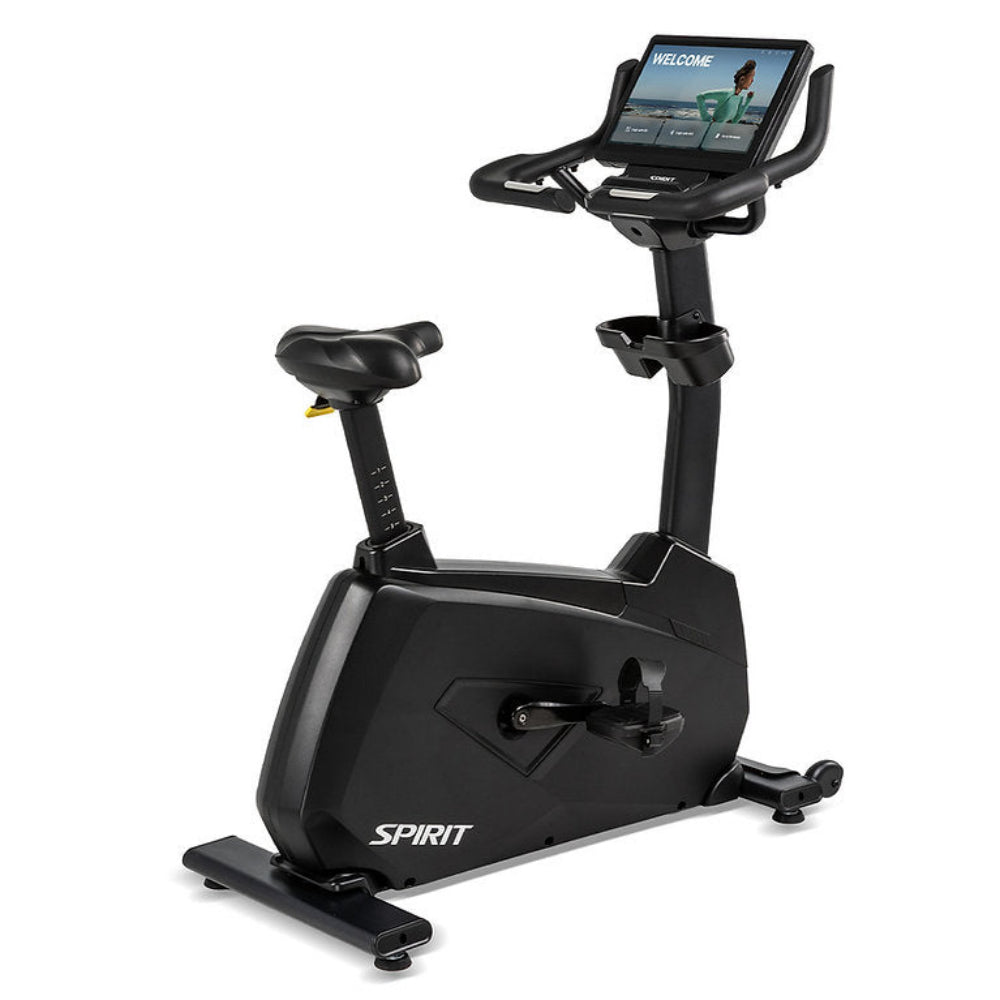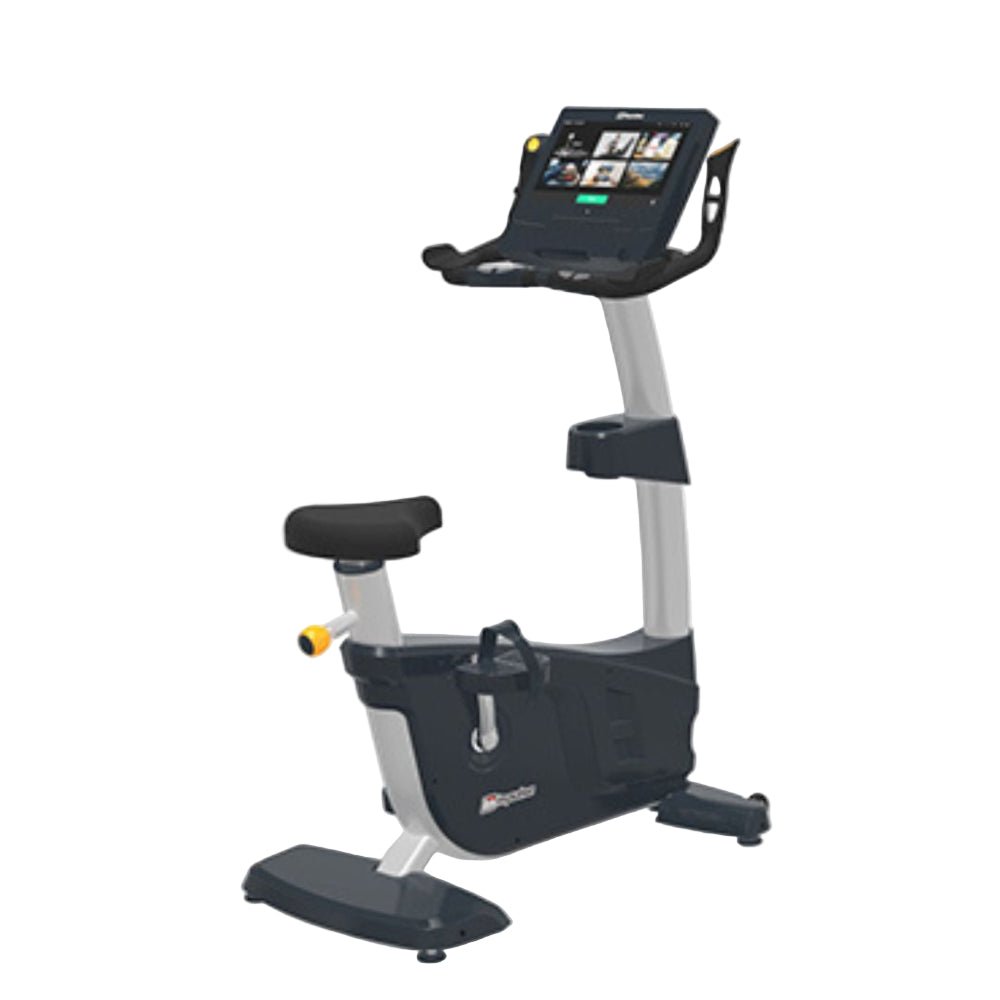Compact, Versatile + Built to Last
Upright exercise bikes are the most popular choice for Australian home gyms, and the numbers back it up. They outsell every other bike type combined, and there are solid reasons why.
The traditional upright cycling position feels natural, the compact footprint fits in smaller spaces, and the price-to-performance ratio beats just about everything else on the market.
At Dynamo Fitness, our upright bike range covers entry-level models perfect for casual riders through to advanced bikes loaded with tech and features.
Whether you're after basic functionality or premium performance, we stock quality brands that deliver reliable results year after year.
Upright Exercise Bikes: Key Features
Standard Bike Positioning
Upright bikes position you vertically with pedals directly below the seat, replicating the feel of a regular outdoor bike. This design naturally engages your core muscles for stability while your legs do the primary work.
The handlebars sit at a comfortable height for a relaxed grip without the aggressive forward lean you'd get on a spin bike.
The upright posture makes these bikes suitable for longer sessions without upper body fatigue. You can comfortably ride for 30 to 60 minutes while reading, watching TV, or following workout programs on your device.
Minimal Floor Space Required
Most upright bikes measure approximately 100cm to 120cm long by 50cm to 60cm wide. This makes them significantly smaller than recumbent bikes which extend out with their reclined frames.
The vertical design keeps the footprint tight, and many models include transport wheels for easy relocation between rooms.
Some upright bikes feature folding capabilities or vertical storage options, further reducing their space requirements when not in use. This flexibility suits apartments, shared living spaces, or multi-purpose rooms where permanent equipment placement isn't ideal.
Multiple Resistance Levels
Upright bikes typically offer 8 to 24 resistance levels, allowing you to adjust workout intensity from easy warm-ups to challenging climbs. Modern models predominantly use magnetic resistance, which operates silently and requires minimal maintenance.
The magnetic system creates resistance through electromagnetic force rather than physical friction, resulting in smooth transitions and consistent feel.
Entry-level bikes may still use friction resistance with brake pads contacting the flywheel. While functional, these systems generate more noise, require periodic pad replacement, and don't offer the same smoothness as magnetic alternatives.
Performance Monitoring Features Built-In
Basic consoles display essential metrics including time, distance, speed, calories burned, and RPM. Mid-range models add heart rate monitoring through handlebar sensors or wireless chest straps, plus pre-programmed workouts that automatically adjust resistance.
Premium upright bikes feature touchscreens, Bluetooth connectivity, app integration, and access to virtual cycling classes or scenic routes.
Console quality directly impacts user experience. Backlit LCD screens remain readable in various lighting conditions, while larger displays make metrics easier to monitor during intense efforts. Consider which tracking features you'll actually use versus which sound good on paper.
Comparing Exercise Bike Options
Choosing between exercise bike types depends on your fitness goals, physical condition, space availability, and budget. Here's how upright bikes compare to the alternatives.
Upright vs Spin Bikes: Spin bikes feature heavier flywheels (15kg to 25kg vs 5kg to 10kg), lower handlebars creating an aggressive forward lean, and positioning that allows standing while pedaling.
They're designed for high-intensity training and replicate road cycling more accurately. Upright bikes offer more relaxed positioning, better suit moderate-intensity workouts, and work for wider fitness ranges.
Upright vs Recumbent Bikes: Recumbent bikes position you in a reclined seat with back support and pedals in front of your body. They're excellent for users with lower back issues, limited mobility, or those prioritizing comfort.
However, they take up more floor space and don't engage core muscles like upright bikes do. Upright bikes provide more complete muscle engagement and better calorie burn potential.
Upright vs Air Bikes: Air bikes incorporate moving handlebars for upper body work and use fan-based resistance that increases infinitely with effort.
They excel at HIIT training and full-body conditioning but generate more noise and feel more intense. Upright bikes operate quietly, suit all intensity levels, and focus primarily on lower body and cardiovascular work.
Who Should Buy an Upright Exercise Bike?
People New to Home Fitness
Upright bikes require zero learning curve. The operation is intuitive, adjustment mechanisms are straightforward, and you can't really do it wrong. This simplicity removes barriers that cause other equipment to collect dust. First-time buyers appreciate the low intimidation factor and immediate usability.
Price accessibility also matters for initial purchases. Quality upright bikes start around $600 to $800, providing legitimate fitness equipment at reasonable entry costs. This allows budget allocation for other gym essentials rather than spending everything on one premium machine.
One Bike, Multiple People
Quick seat height adjustment and intuitive resistance changes make upright bikes practical for households with multiple users of different heights and fitness levels. A teenager, parent, and grandparent can all use the same bike comfortably with minimal fuss adjusting between users.
The moderate intensity range suits beginners through intermediate exercisers. Advanced athletes might eventually want something more specialized, but most households find upright bikes hit the sweet spot for everyone's needs.
Space-Conscious Home Gyms
The vertical design and small footprint make upright bikes the logical choice when floor space is limited. They fit in spare bedrooms, home office corners, or living room areas without dominating the space. Transport wheels allow easy movement for cleaning or rearranging furniture.
Compared to treadmills requiring dedicated space and clearance, or rowing machines needing extended floor length, upright bikes integrate into existing rooms with minimal disruption.
Affordable Home Cardio Equipment
Most buyers find excellent upright bikes between $600 and $1,500. This range delivers solid construction, reliable magnetic resistance, decent console features, and warranties covering parts and labour. You're getting quality fitness equipment that lasts without premium pricing.
Higher budgets unlock touchscreens, advanced connectivity, superior build quality, and extended warranties. Lower budgets risk flimsy construction, uncomfortable seats, inconsistent resistance, and shorter lifespan. The middle ground offers optimal value.
Making Smart Buying Decisions
Understanding Flywheel Specifications
Upright bike flywheels typically range from 5kg to 10kg. Heavier flywheels provide smoother momentum and more consistent pedaling feel, particularly at higher speeds.
Lighter flywheels respond faster to resistance changes but can feel choppy during intense efforts.
For home use, 6kg to 8kg represents the ideal range. Below 5kg often feels toy-like and frustrating for sustained use. Above 10kg is generally unnecessary unless training seriously. Flywheel weight matters but shouldn't override other factors like frame stability, resistance quality, and seat comfort.
Finding Comfortable Positioning
Seat quality significantly impacts whether you'll actually use your bike regularly. Look for well-padded seats with ergonomic contours that distribute weight evenly. Gel padding or ventilated designs reduce discomfort during longer sessions.
Adjustment range matters more than many buyers realize. Seats should move vertically at least 20cm to accommodate different leg lengths, plus horizontal adjustment (fore-aft) for optimal knee positioning. Limited adjustment forces compromised positioning, leading to discomfort or potential injury.
Long-Term Reliability Features
Check maximum user weight ratings as indicators of overall build quality. Bikes rated for 100kg use lighter materials and construction than models rated for 130kg to 150kg, regardless of actual user weight.
Higher weight capacities correlate with sturdier frames, less flex during use, and longer operational life.
Frame material and weld quality separate the budget bikes from quality bikes. Steel frames with clean, reinforced welds indicate proper manufacturing standards. Look for wider bases that resist rocking during standing or high-intensity efforts.
Connectivity + App Integration
Basic Consoles ($600-$900 range): LCD displays showing time, distance, speed, calories, and RPM. Manual resistance adjustment. Sufficient for self-motivated users who don't need guided workouts.
Mid-Range Consoles ($900-$1,200 range): Backlit displays, heart rate monitoring, 12+ pre-set programs, and user profiles. Programs automatically adjust resistance throughout workouts, adding variety without planning.
Premium Consoles ($1,200+ range): Touchscreens, Bluetooth connectivity, app integration, virtual rides, and streaming classes. Interactive features keep workouts engaging but require ongoing subscription costs in many cases.
Assess honestly whether you'll use advanced features or if they'll sit ignored after initial novelty wears off.
Getting Started with Your New Bike
Avoiding Common Setup Mistakes
Incorrect seat height causes knee strain, premature fatigue, and discomfort that discourages continued use. Set height so your leg reaches near-full extension at the bottom of the pedal stroke with a slight bend remaining.
Too low creates excessive knee bend and strain. Too high causes rocking hips and instability.
For fore-aft position, when pedals are horizontal, your forward knee should align vertically above the pedal axle. This positioning optimizes power transfer and protects knee joints from stress.
Building Sustainable Habits
Begin with 15 to 20 minute sessions at low resistance, three to four times weekly. Focus on consistency over intensity initially. Your body needs time adapting to new movement patterns and building base fitness.
After two weeks of consistent sessions, gradually increase duration by 5 minutes weekly until reaching your target length. Then slowly add resistance levels. This progressive approach prevents burnout, injury, and the enthusiasm crash that derails many new equipment owners.
Expert Support + Quality Indoor Bikes
We stock upright exercise bikes from trusted brands known for reliability and performance.
Our range includes entry-level bikes for casual use, mid-range options with solid features and build quality, and premium models with advanced technology and exceptional durability.
Hands-On Product Testing
Visit your nearest showroom to test out different upright bike models. Sit on them, adjust the seats, pedal for several minutes, compare resistance systems, and evaluate console displays.
Specs on paper don't reveal how a bike actually feels during use.
Our team can demonstrate proper setup, explain feature differences, and help match bikes to your specific requirements without sales pressure.
Find Your Local Dynamo Fitness Store:
✅ Melbourne
✅ Sydney
✅ Brisbane
✅ Adelaide
✅ Perth
Buy Now, Pay Later Available
Our buy now, pay later options let you spread payments over time while starting your fitness routine immediately.
Get the bike that properly suits your needs rather than compromising based on current cash flow.
Delivery + Setup Options
Order online and we'll deliver your upright bike anywhere in Australia. Professional assembly service is available, ensuring your bike is correctly configured, adjusted to your measurements, and fully operational upon arrival.
We’ll also remove all packaging and test everything before leaving.
Get Personalized Recommendations
Unsure which upright bike suits your specific situation?
Contact our team for personalized recommendations based on your height, weight, fitness goals, available space, and budget. We'll help identify models that match your requirements without pushing unnecessary features or premium pricing.
Upright Bikes for Every Budget + Goal
Ready to find your ideal upright exercise bike?
Explore our full selection online or visit your nearest store to test models in person.
Our team is available to answer questions, provide detailed product comparisons, and ensure you choose equipment that delivers results.
Questions about our upright bikes?
Contact us today for expert advice and personalized recommendations.
Upright Exercise Bikes - FAQs
Quality upright bikes range from $600 to $1,500. Models under $500 often lack durability and features. Premium bikes over $1,500 offer advanced technology and superior build quality but aren't necessary for most home users.
Most upright bikes accommodate users from 155cm to 195cm through seat height adjustment. Check specific model specifications if you're outside this range. Trying bikes in-store confirms proper fit before purchasing.
Allocate approximately 1.2m x 0.7m of floor space, plus clearance around the bike for mounting and dismounting. Many models include wheels for easy repositioning when not in use.
Magnetic resistance is superior for home use. It operates silently, requires zero maintenance, and provides smoother, more consistent resistance. Friction systems are cheaper but generate noise and need periodic brake pad replacement.
Weight capacities vary by model from 100kg to 150kg+. Choose bikes rated at least 20kg above your actual weight for structural stability and longevity. Higher-rated bikes generally feature more robust construction regardless of user weight.


